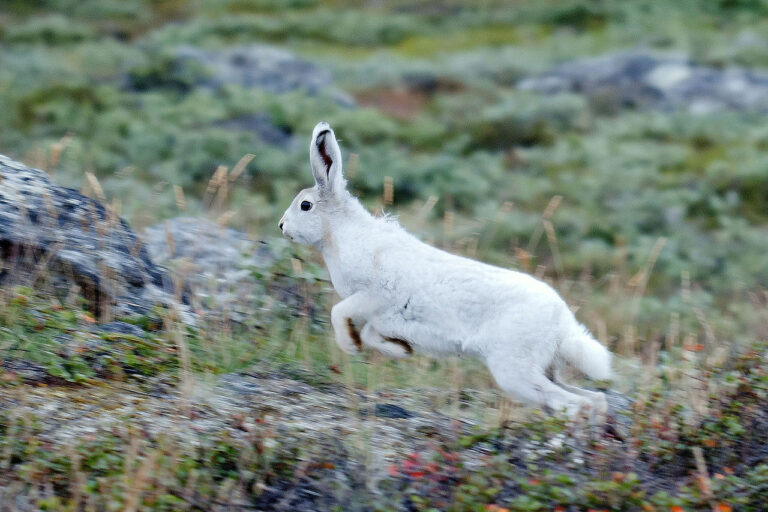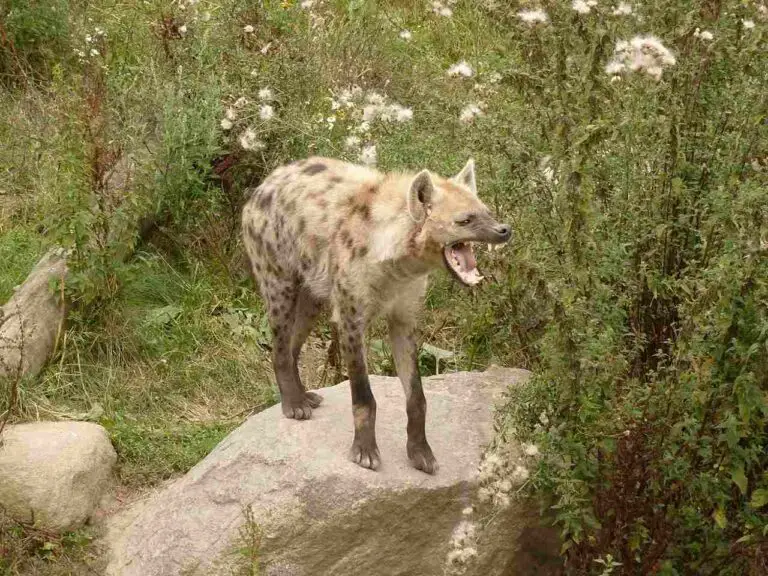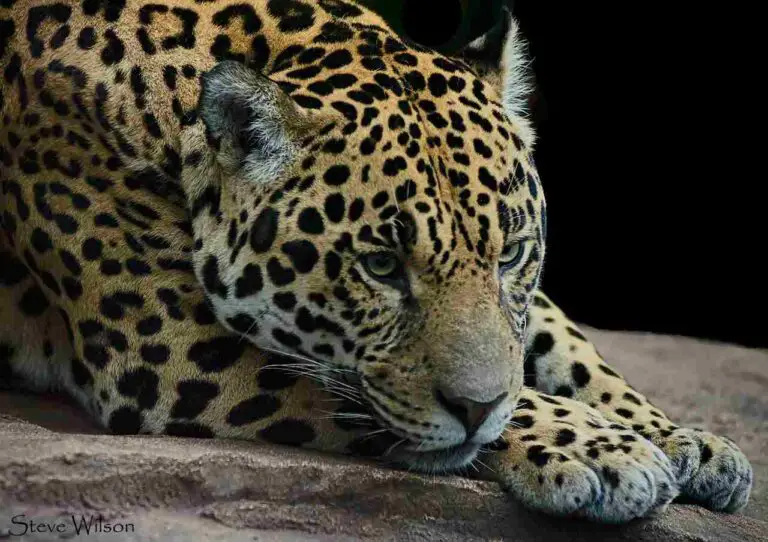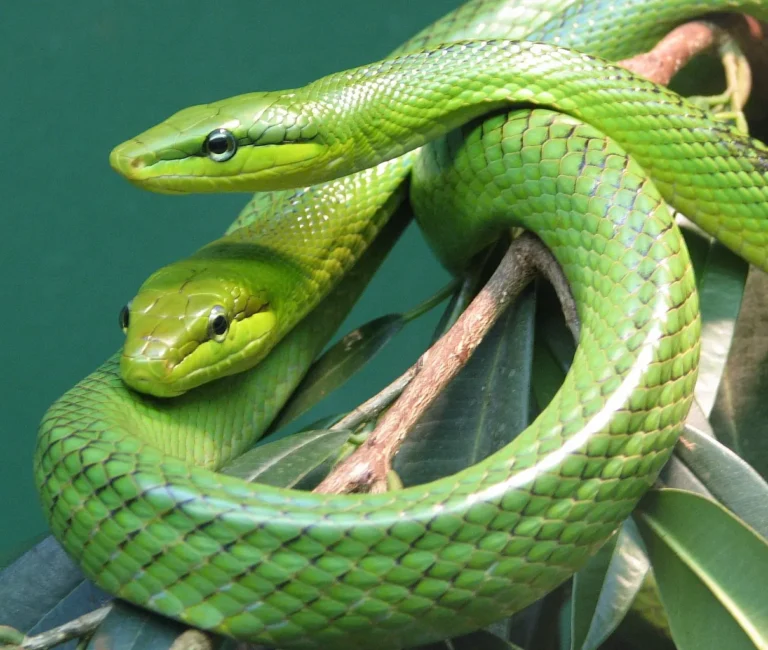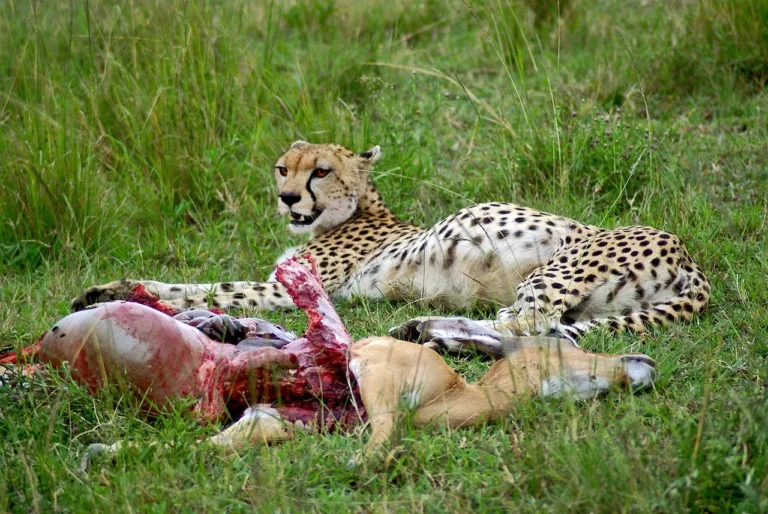Prairie Dog Vs Groundhog Vs Gopher Size, Weight, Overall Comparison
Prairie dogs and groundhogs, both belonging to the squirrel family of rodents, exhibit distinct differences in size, appearance, and habitat preferences. Understanding these distinctions is key to appreciating the diversity within rodent species.
I. Size Disparity:
The most apparent dissimilarity lies in size, with prairie dogs being notably smaller than groundhogs, sometimes by as much as 2-3 times. Groundhogs, as the second-largest species of marmots, boast a more substantial build compared to the diminutive stature of prairie dogs.
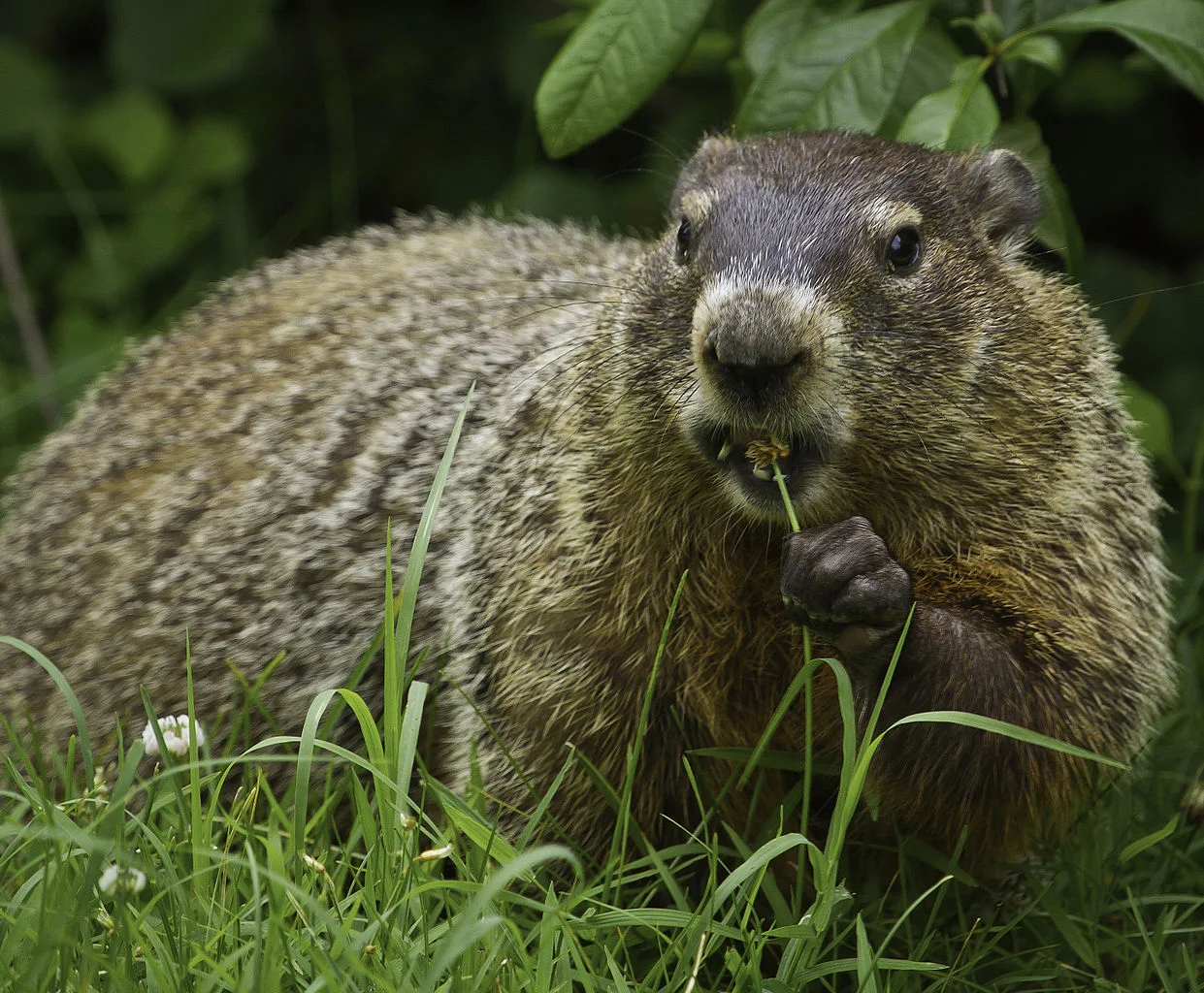
II. Body Shape:
Groundhogs feature a stout and chunky body with short legs, while prairie dogs exhibit a more slender and elongated body structure with longer legs. These distinct body shapes contribute to their varied locomotion and digging abilities.
III. Habitat and Behavior:
Prairie dogs thrive in colonies within temperate flatlands, showcasing a preference for communal living. In contrast, groundhogs are more independent, often residing in burrows throughout North America and combating cold weather through hibernation. Gophers, belonging to different genera like Thomomys or Geomys, exhibit diverse habits, with some species being solitary and others forming loose colonies.
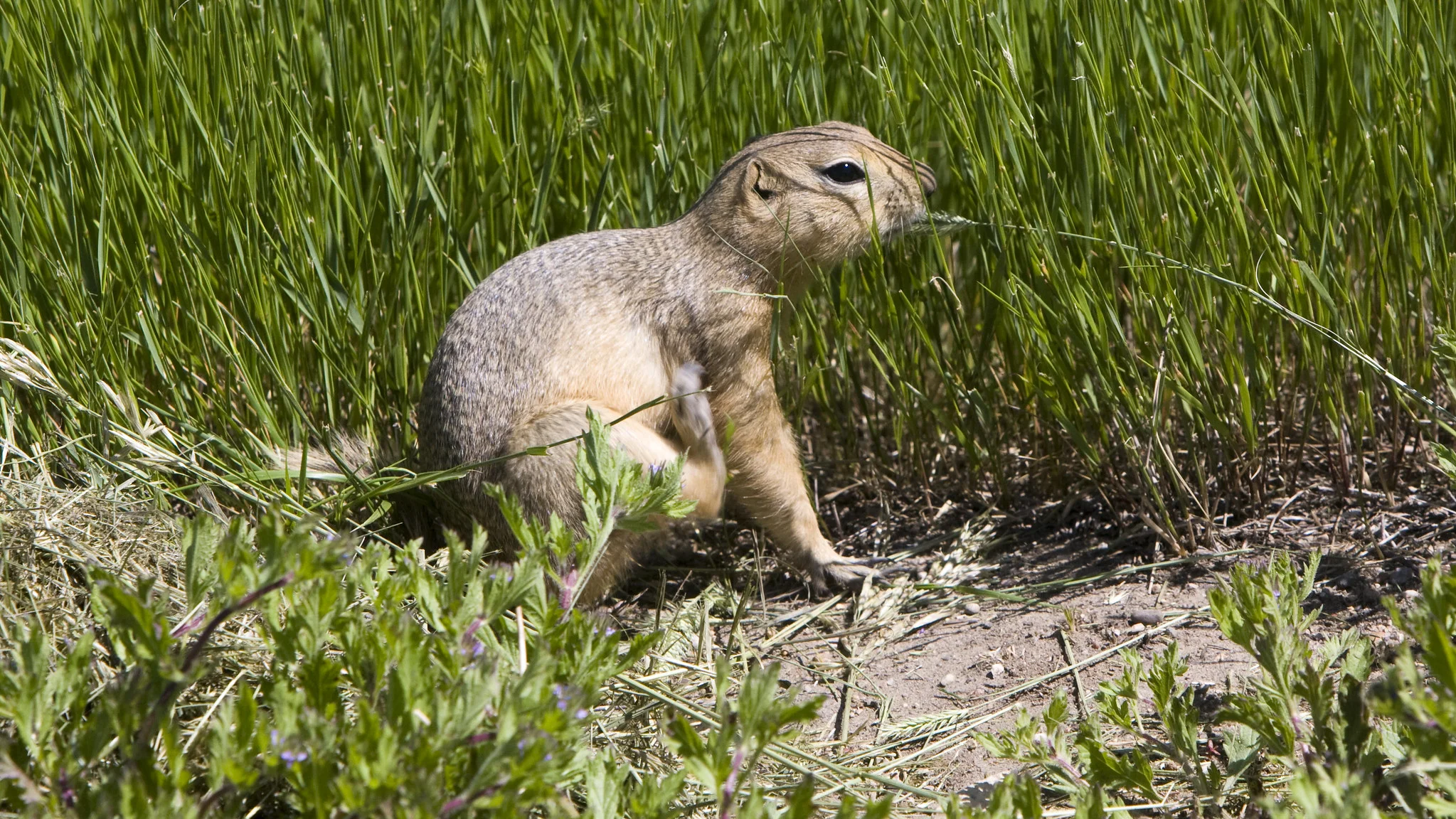
IV. Fur and Color:
Prairie dogs typically have a slimmer body, thin tail, and dusty brown fur, aiding in blending with their native flatland environment. Groundhogs, by contrast, exhibit varied fur shades but maintain a thicker and more robust appearance. Gophers, with their diverse species, can display a range of fur colors and textures adapted to their specific habitats.
V. Geographic Distribution:
Groundhogs are found extensively across North America, adapting to diverse climates, while prairie dogs are more localized, favoring specific regions characterized by flat terrain. Gophers exhibit a broad geographic distribution, adapting to various environments, including grasslands, deserts, and agricultural fields.
VI. Lifestyle Characteristics:
Prairie dogs live in colonies, fostering social structures, whereas groundhogs lead a more solitary lifestyle. This difference in social behavior influences their interactions with other animals and their surrounding environment. Gophers, depending on the species, can display either solitary or more communal living arrangements, further adding to the diversity within rodent ecology.
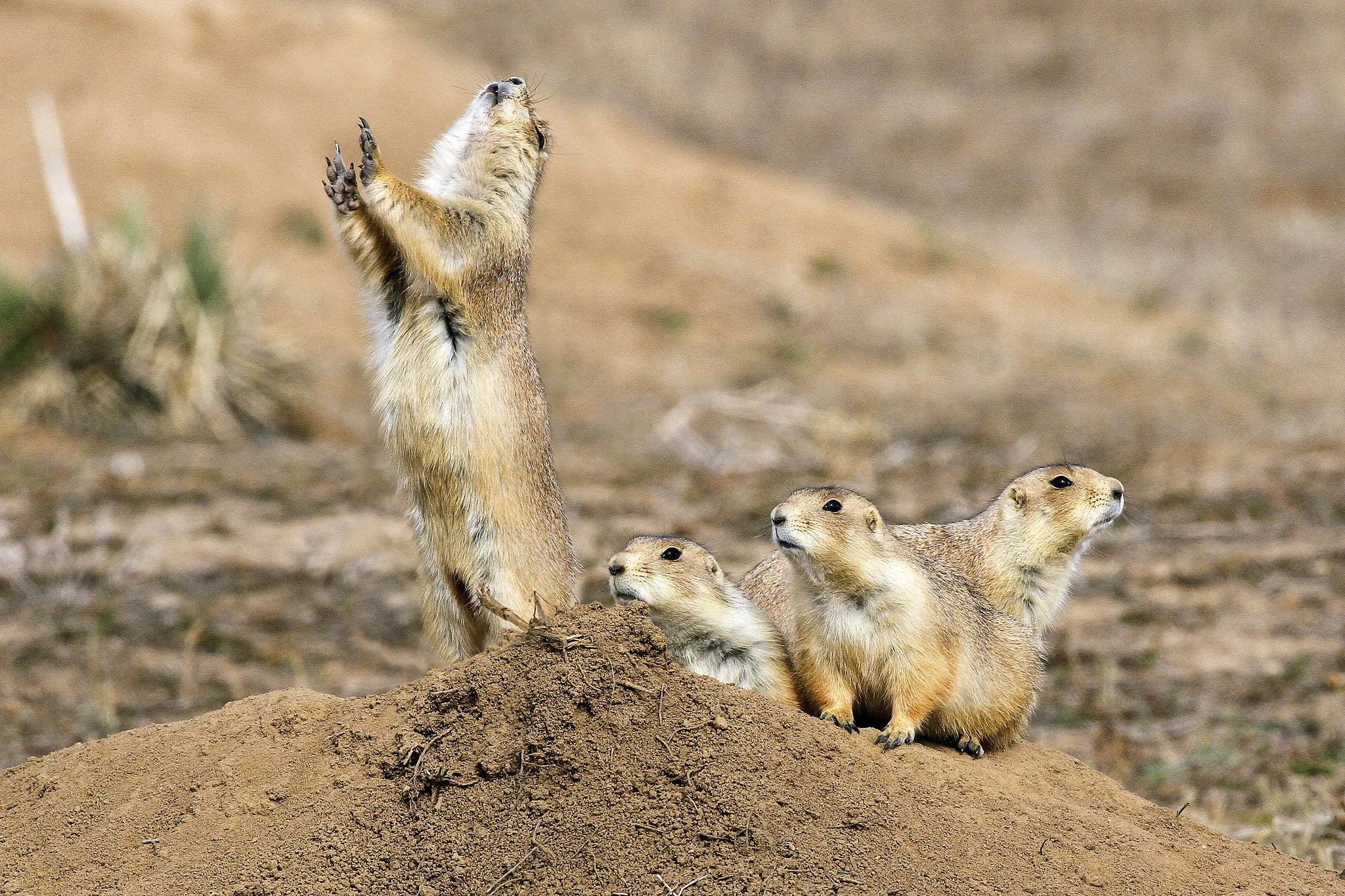
*Details of Comparison
| Criteria | Prairie Dog | Groundhog | Gopher |
| Taxonomy | Rodentia, Sciuridae, Cynomys | Rodentia, Sciuridae, Marmota |
Rodentia, Geomyidae/Sciuridae, Varies
|
| Appearance | Stout, 12-16 inches | Compact, 16-26 inches |
Varied, 5-14 inches
|
| Size | Smaller | Moderately larger |
Generally smaller
|
| Weight | 1.5-3 pounds | 4-14 pounds |
Varies by species
|
| Dentition | Herbivorous, sharp incisors | Herbivorous, strong incisors |
Herbivorous, adapted incisors
|
| Physical Offensive Advantages | Limited, relies on evasion | Claws and incisors for defense |
Claws and teeth for burrowing, defensive use
|
| Physical Defensive Advantages | Evasion, alarm calls | Strong claws, bite, burrow retreat |
Rapid burrowing, keen senses
|
| Speed | Short bursts, 15-20 mph | Moderately fast, up to 8 mph |
Relatively slower, adapted for burrowing
|
| Agility | Agile in burrows, evading | Agile climbers, proficient diggers |
Highly agile burrowers
|
| Senses | Keen eyesight, acute hearing | Good eyesight, hearing, smell |
Limited eyesight, touch, vibrations
|
| Overall Physical Capacity | Agile for both activities | Strong climbers, burrowers |
Well-adapted for burrowing
|
| Habitat Preference & Region | Grasslands, North America | Wooded areas, fields, N. America |
Varied, including grasslands, deserts
|
| Tracks | Small tracks with claw marks | Broad, sturdy tracks, claw marks |
Minimal or indistinguishable
|
| Lifespan | 3-5 years | 6-8 years |
Varies by species, 2-5 years
|
| Mode of Feeding | Herbivores, grazing on grasses | Herbivores, various plants |
Herbivores, consuming plant roots
|
| Intelligence | Complex social structures | Considered intelligent |
Intelligent in burrow construction
|
| Social Behavior | Highly social, complex colonies | Mostly solitary, limited social |
Varied, some solitary, some colonies
|
| Mode of Reproduction | Once a year, 3-8 pups | Once a year, 2-6 pups | Varies, once or twice a year, litter size varies |
| Parental Behavior | Both parents care for pups | Female caregivers, males not involved | Parental involvement varies |
| Proximity to Human Areas | Grasslands, agriculture | Suburban, rural areas, gardens | Agriculture, disturbed habitats |
| Behavior Toward Humans | Wary, may emit alarm calls | Varied, some tolerant, aggression | Avoid human interaction, may cause conflicts |
| Danger Posed to Humans | Not inherently dangerous, may carry diseases | Not typically dangerous, may bite | Not inherently dangerous, may cause crop damage |
| Precautions | Avoid direct contact for disease prevention | Use caution due to zoonotic diseases | Employ preventive measures for crops/gardens |
| Conservation Status | Some threatened due to habitat loss, disease | Not typically a concern | Varies by species, some face threats |
1. Taxonomy:
Prairie Dog:
Order: Rodentia
Family: Sciuridae
Genus: Cynomys
Groundhog (Woodchuck):
Order: Rodentia
Family: Sciuridae
Genus: Marmota
Gopher:
Order: Rodentia
Family: Geomyidae (Pocket gophers) or Sciuridae (Ground squirrels)
Genera: Thomomys, Geomys, etc. (depending on the species)
2. Appearance:
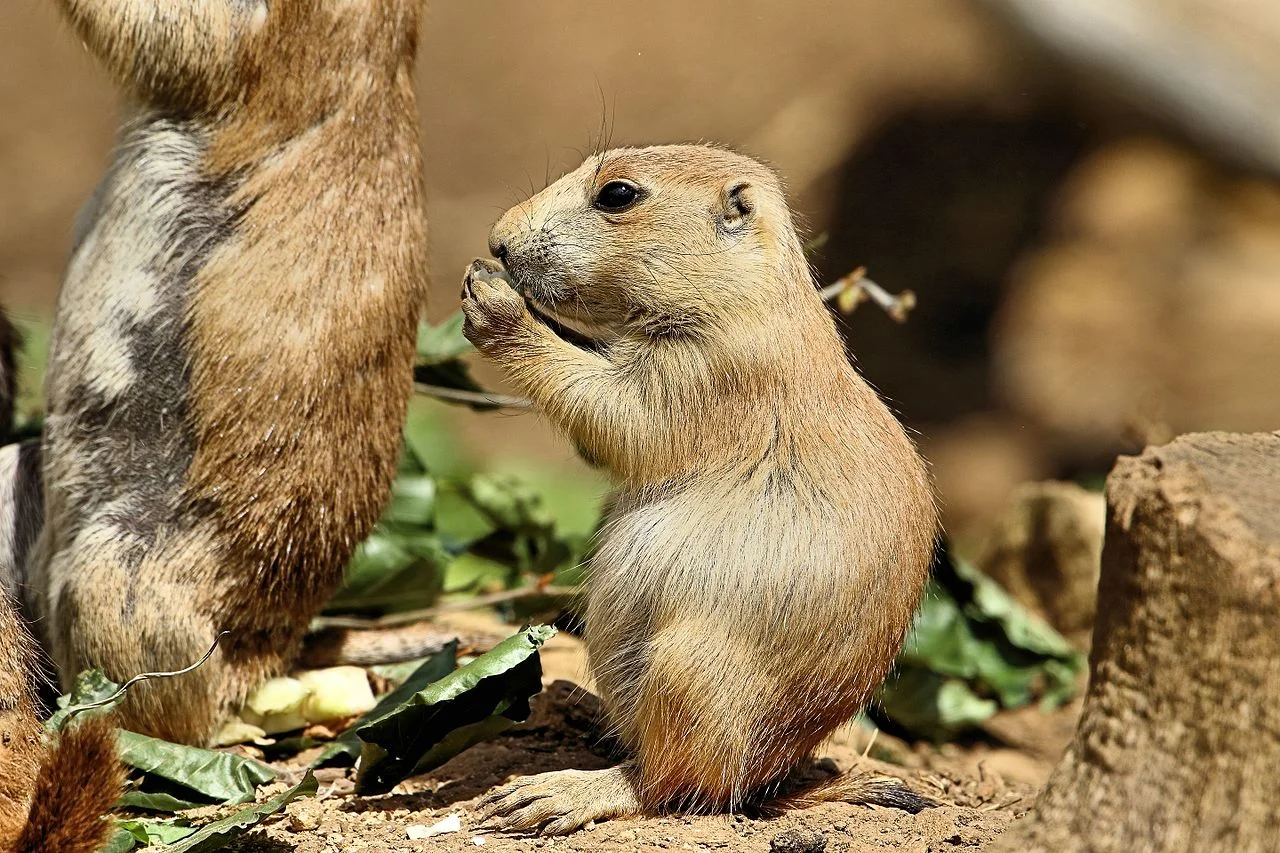
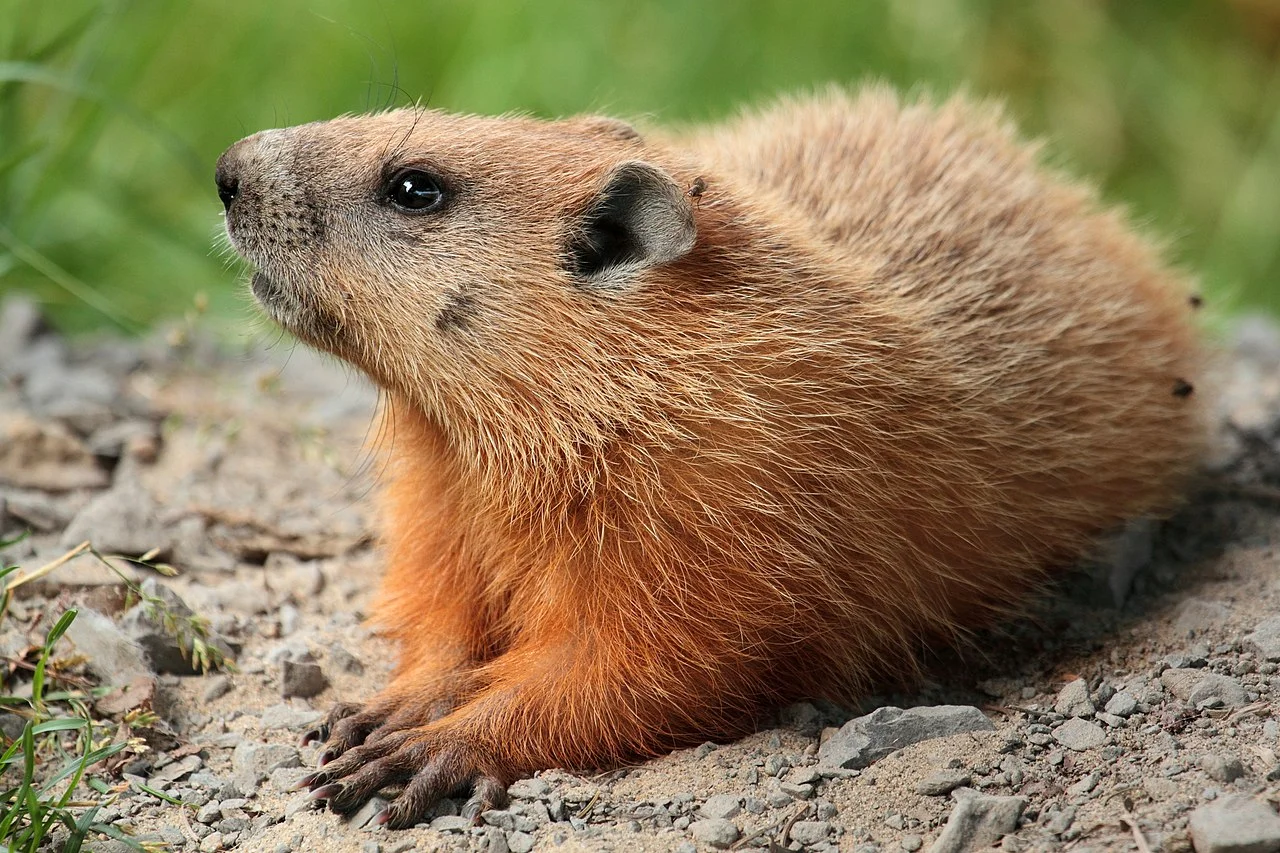
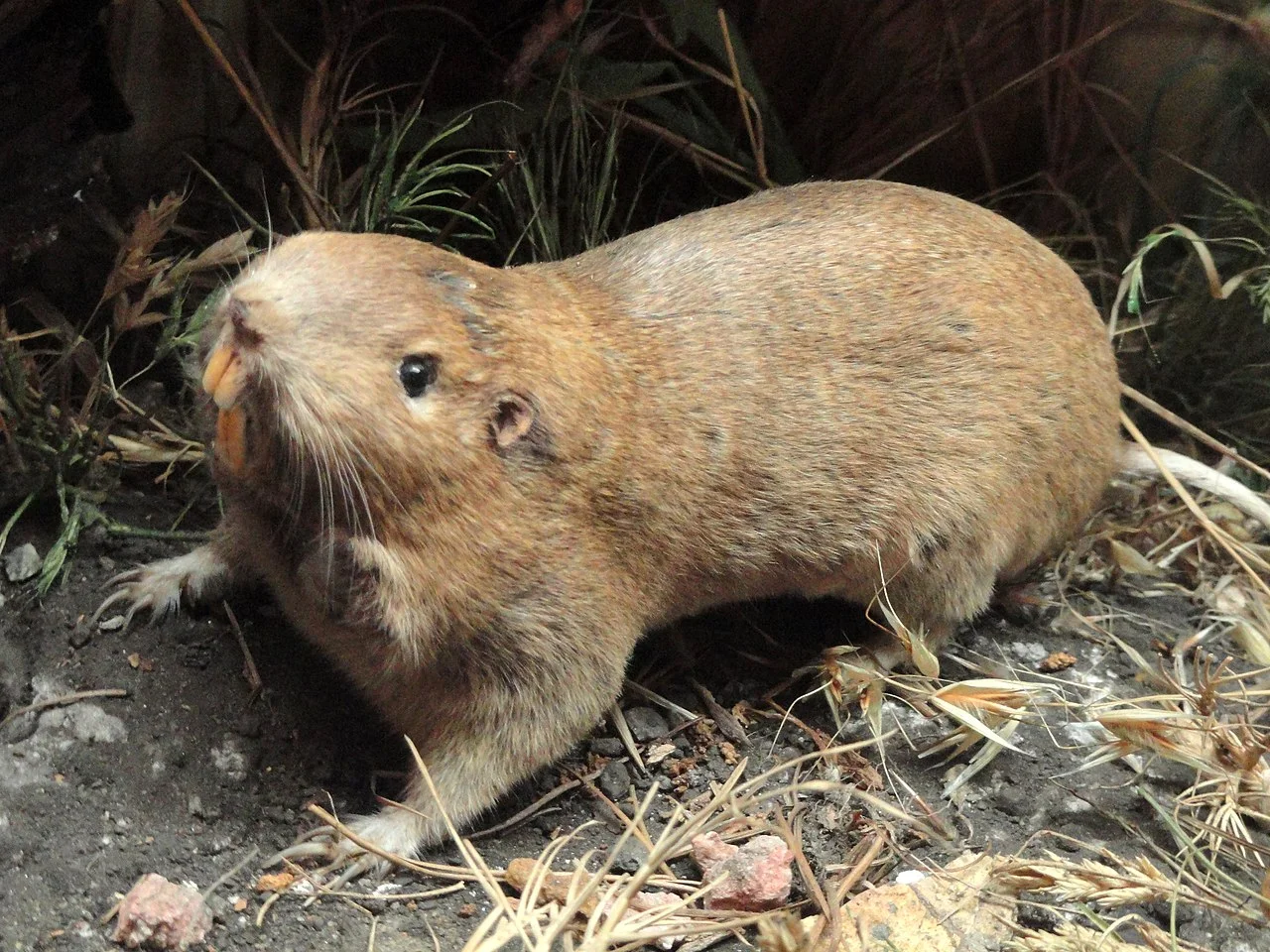
Prairie Dog:
Stout-bodied, short-legged rodents with tan to reddish-brown fur.
Typically around 12 to 16 inches in length.
Groundhog:
Compact, sturdy rodents with brown or gray fur and a bushy tail.
Range from 16 to 26 inches in length.
Gopher:
Varied appearance depending on the species; generally small, robust, and well-adapted for burrowing.
Typically 5 to 14 inches in length.
Comparison: Prairie dogs and groundhogs share a similar build, while gophers differ in appearance, emphasizing adaptations for efficient burrowing.
Ecological Implications: Differences in appearance may influence their roles in ecosystems, with prairie dogs and groundhogs potentially competing for similar resources, while gophers contribute to soil aeration and nutrient cycling through their burrowing activities.
3. Size:
Prairie Dog:
Generally smaller, with lengths ranging from 12 to 16 inches.
Groundhog:
Moderately larger, ranging from 16 to 26 inches in length.
Gopher:
Varies by species but generally smaller, ranging from 5 to 14 inches.
Comparison: Groundhogs are typically the largest, followed by prairie dogs, and gophers being the smallest among these rodents.
Ecological Implications: Size differences may affect their roles in the ecosystem, influencing interactions with predators and competitors. Larger size in groundhogs might provide advantages in resource utilization.
4. Weight:
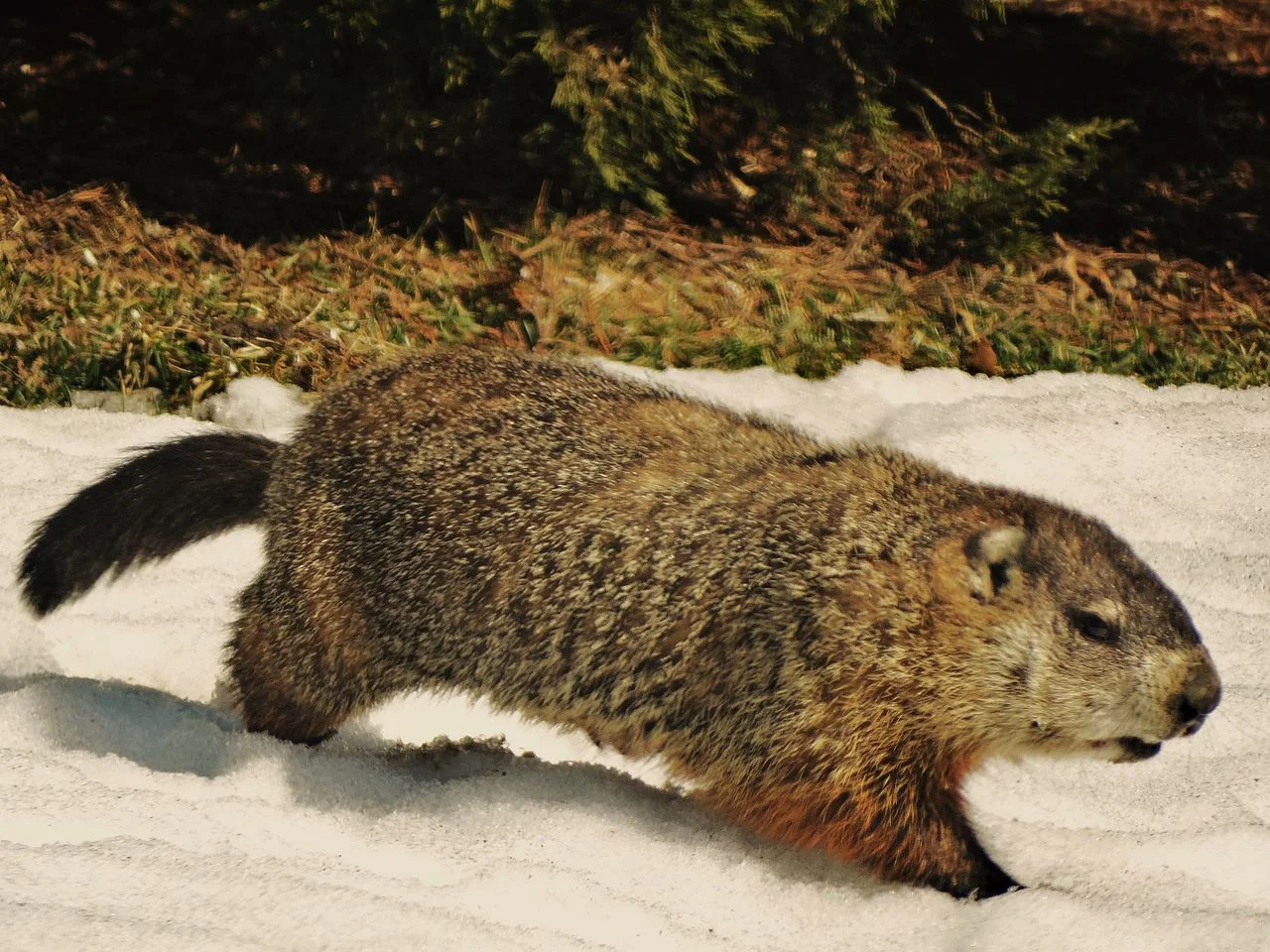
Prairie Dog:
Weighs between 1.5 to 3 pounds.
Groundhog:
Weighs between 4 to 14 pounds.
Gopher:
Weight varies by species but generally lighter than groundhogs.
Comparison: Groundhogs are significantly heavier than prairie dogs, and gophers are generally lighter than both prairie dogs and groundhogs.
Ecological Implications: Weight influences the ecological footprint, affecting resource consumption and interactions with other species. Groundhogs, being larger, might have a more substantial impact on vegetation and soil.
5. Dentition:
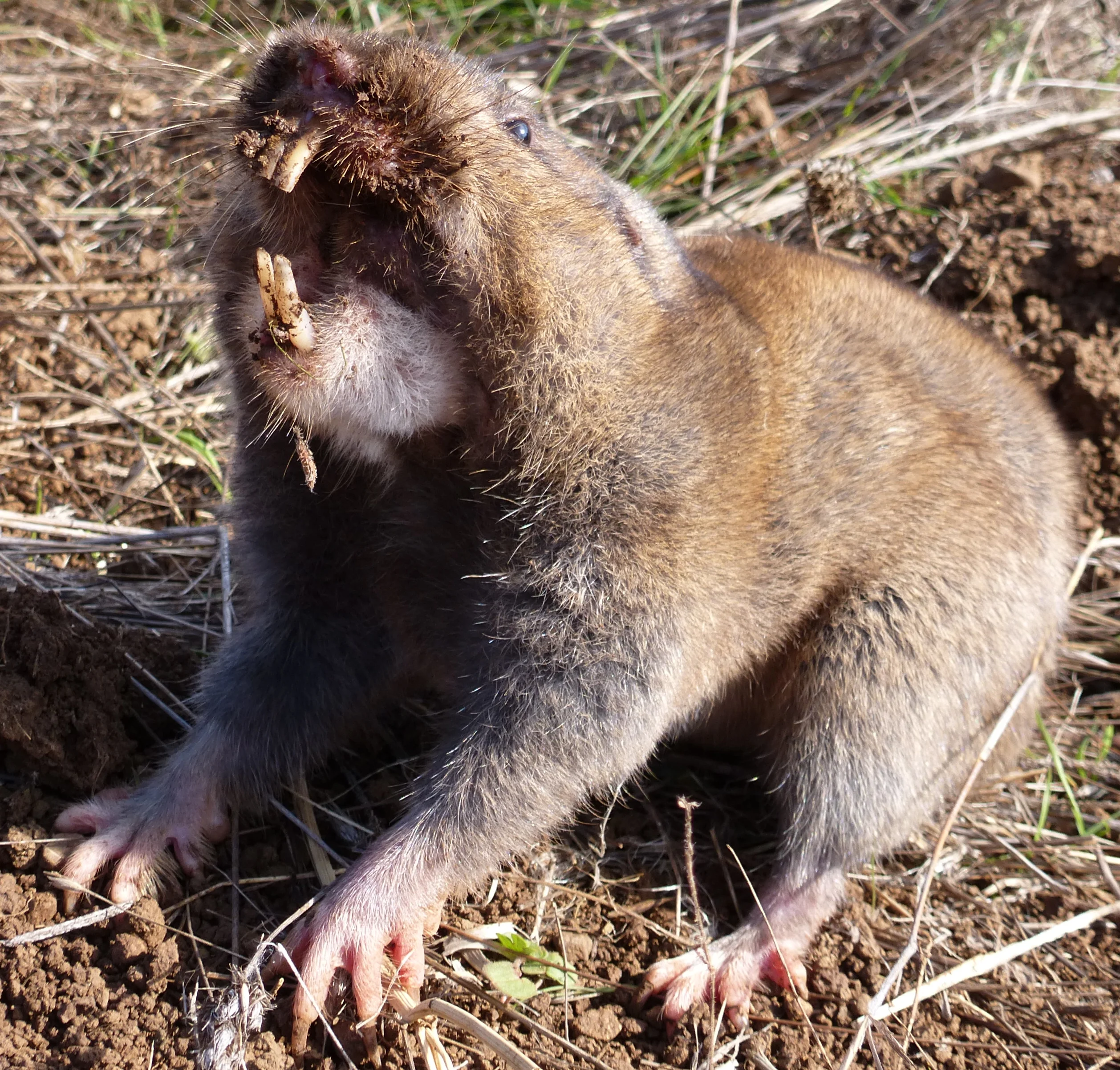
Prairie Dog:
Herbivorous with sharp incisors for cutting vegetation.
Groundhog:
Herbivorous with strong incisors for gnawing on plants.
Gopher:
Herbivorous with well-adapted incisors for burrowing and cutting plant roots.
Comparison: Similar herbivorous dentition in prairie dogs, groundhogs, and gophers, adapted to their specific feeding habits.
Ecological Implications: Herbivorous dentition signifies their role in ecosystem dynamics as herbivores, influencing vegetation structure and composition in their habitats.
6. Physical Offensive Advantages:
Prairie Dog:
Limited physical offensive capabilities; rely on evasion and warning calls.
Groundhog:
Sharp claws and strong incisors can be used for defense.
Gopher:
Claws and strong front teeth aid in burrowing but may be used defensively.
Comparison: Groundhogs possess more pronounced physical offensive advantages compared to prairie dogs, while gophers primarily use their physical attributes for burrowing.
Ecological Implications: Defensive mechanisms may influence predator-prey dynamics and resource competition within their respective ecosystems.
7. Physical Defensive Advantages:
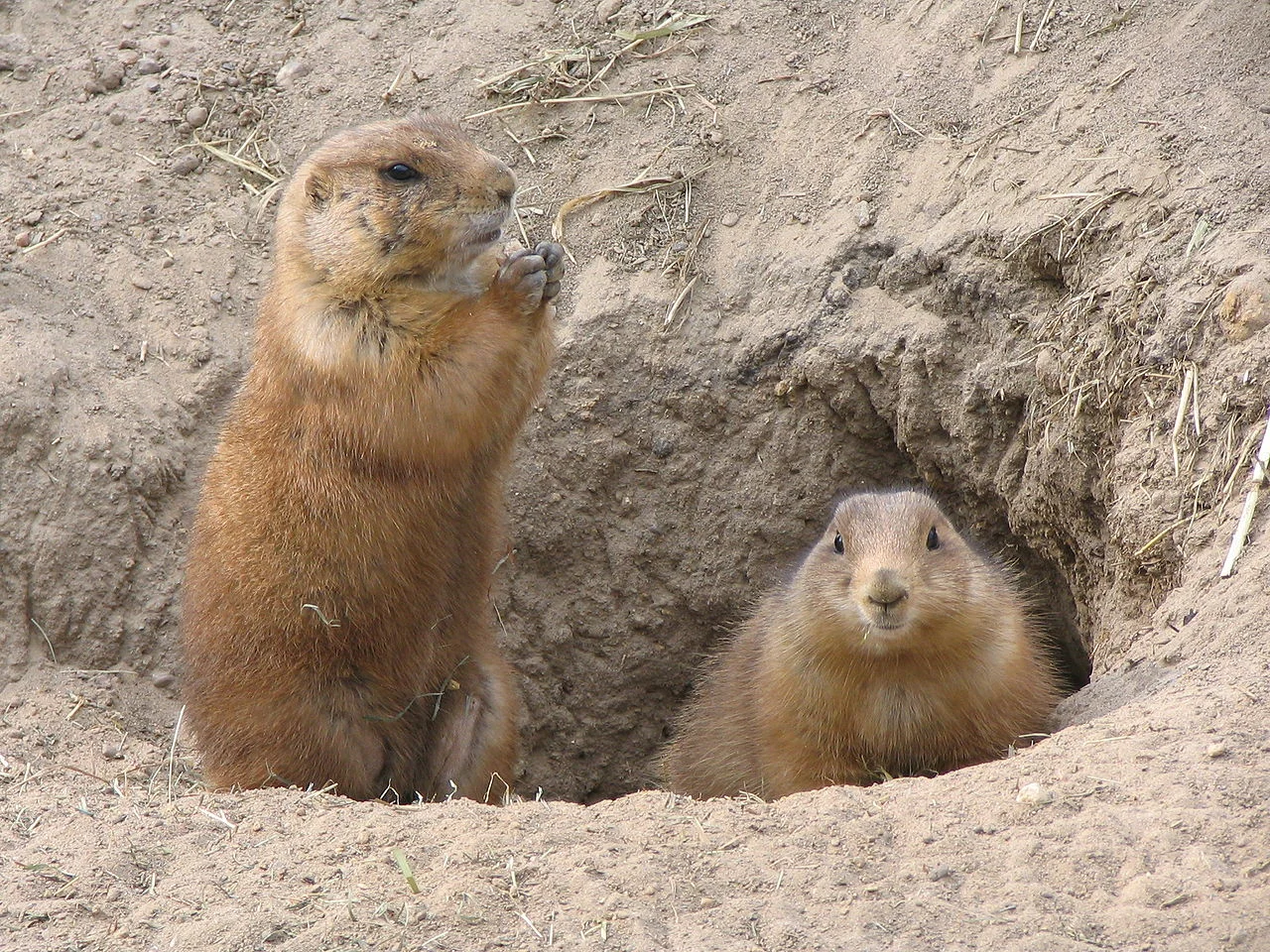
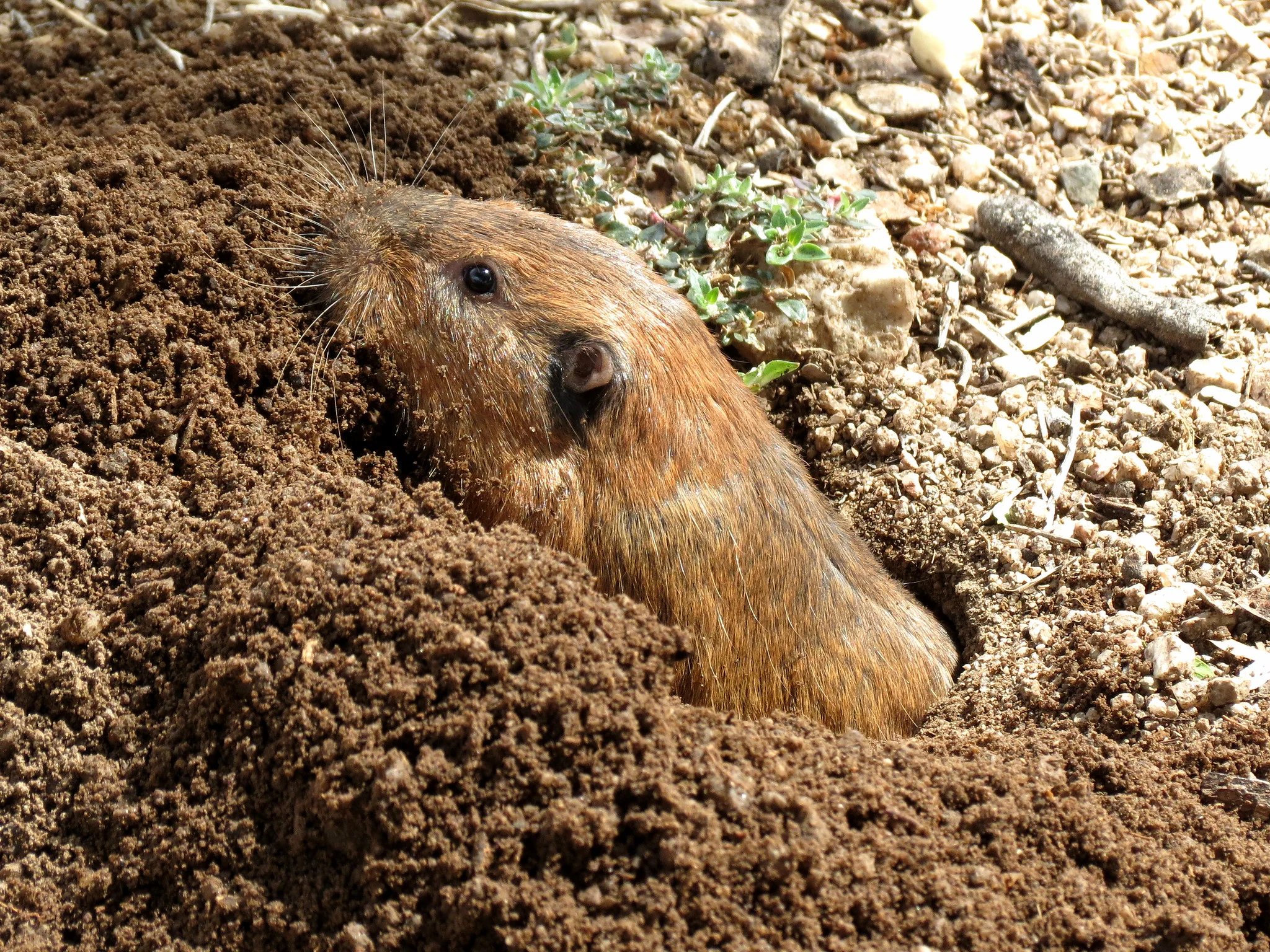
Prairie Dog:
Evasion through burrows and high-pitched alarm calls.
Groundhog:
Strong claws, powerful bite, and the ability to retreat to burrows.
Gopher:
Rapid burrowing abilities and keen senses for detecting predators.
Comparison: Groundhogs and gophers demonstrate more active physical defensive strategies, while prairie dogs rely on escape and communication.
Ecological Implications: Different defensive mechanisms may impact interactions with predators and contribute to the overall stability of their ecosystems.
8. Speed (Km/hour or Mile/hour):
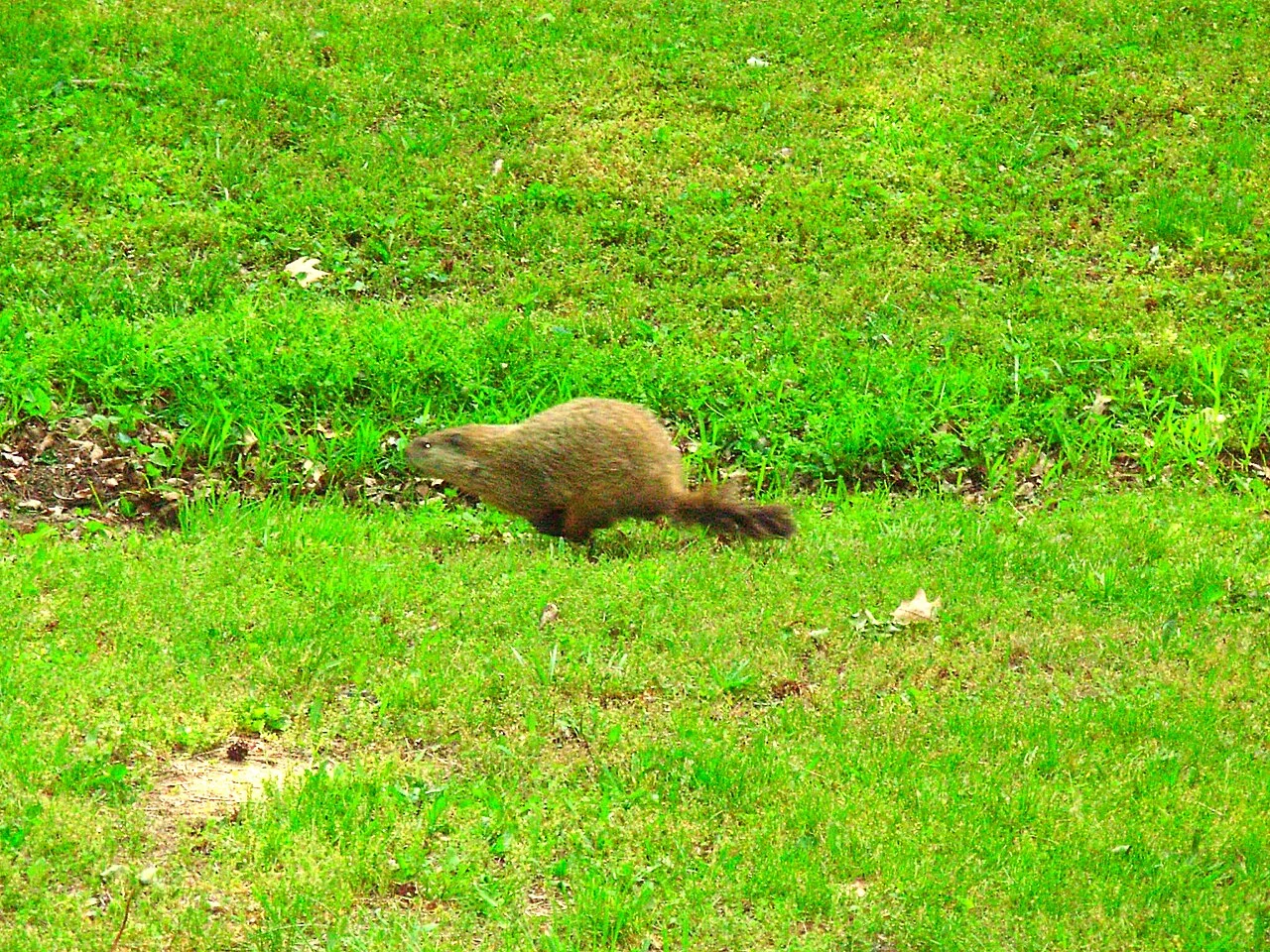
Prairie Dog:
Capable of short bursts of speed, estimated around 15 to 20 mph.
Groundhog:
Moderately fast runners, with speeds up to 8 mph.
Gopher:
Relatively slower, adapted more for burrowing than running.
Comparison: Prairie dogs exhibit higher running speeds compared to groundhogs and gophers.
Ecological Implications: Speed influences predator avoidance and can impact foraging efficiency, with prairie dogs having an advantage in quick escapes.
9. Agility:
Prairie Dog:
Agile in navigating through burrows and evading predators.
Groundhog:
Agile climbers and proficient in digging.
Gopher:
Highly agile burrowers, adept at navigating underground tunnels.
Comparison: All three species demonstrate agility in their respective habitats, with variations in specific adaptations for movement.
Ecological Implications: Agility contributes to their ability to access resources, evade predators, and shape their ecological roles within their ecosystems.
10. Senses:
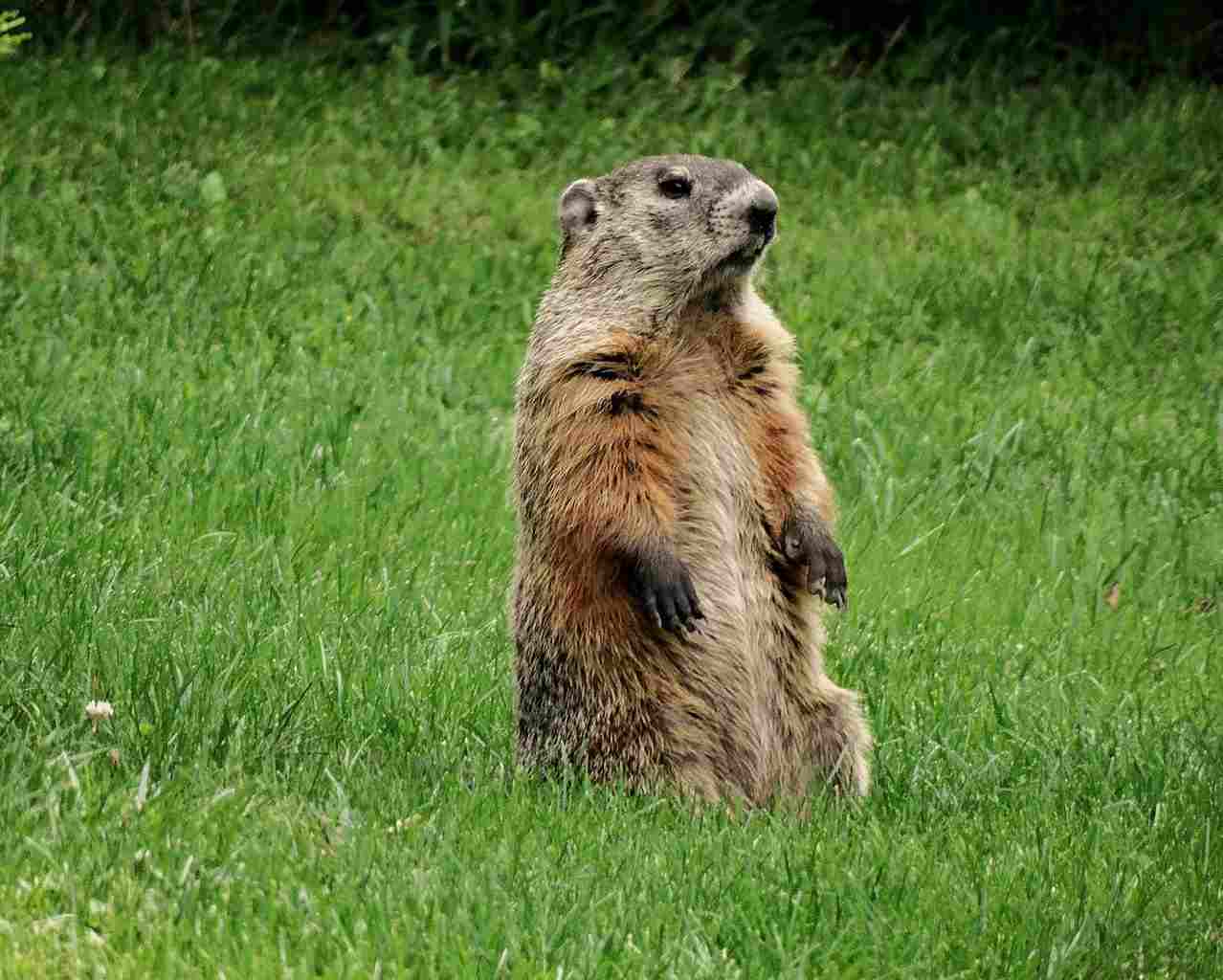
Prairie Dog:
Well-developed senses, including keen eyesight and acute hearing.
Groundhog:
Good eyesight and hearing; possess a strong sense of smell.
Gopher:
Adapted for subterranean life with limited eyesight; rely on touch and vibrations for navigation.
Comparison: Prairie dogs and groundhogs rely on a combination of senses, while gophers have specialized adaptations for their burrowing lifestyle.
Ecological Implications: Sensory abilities influence their foraging, predator detection, and communication within their habitats.
11. Overall Physical Capacity:
Prairie Dog:
Agile and adapted for both above-ground and burrowed activities.
Groundhog:
Strong climbers and burrowers; physically robust.
Gopher:
Well-adapted for burrowing, with a compact and robust build.
Comparison: Each species has evolved physical capacities suited to their specific ecological niches, with groundhogs having a broader range of physical abilities.
Ecological Implications: Physical capacities contribute to their roles in shaping ecosystems, affecting vegetation, soil structure, and interactions with other species.
12. Habitat Preference(s) and Geographic Region:
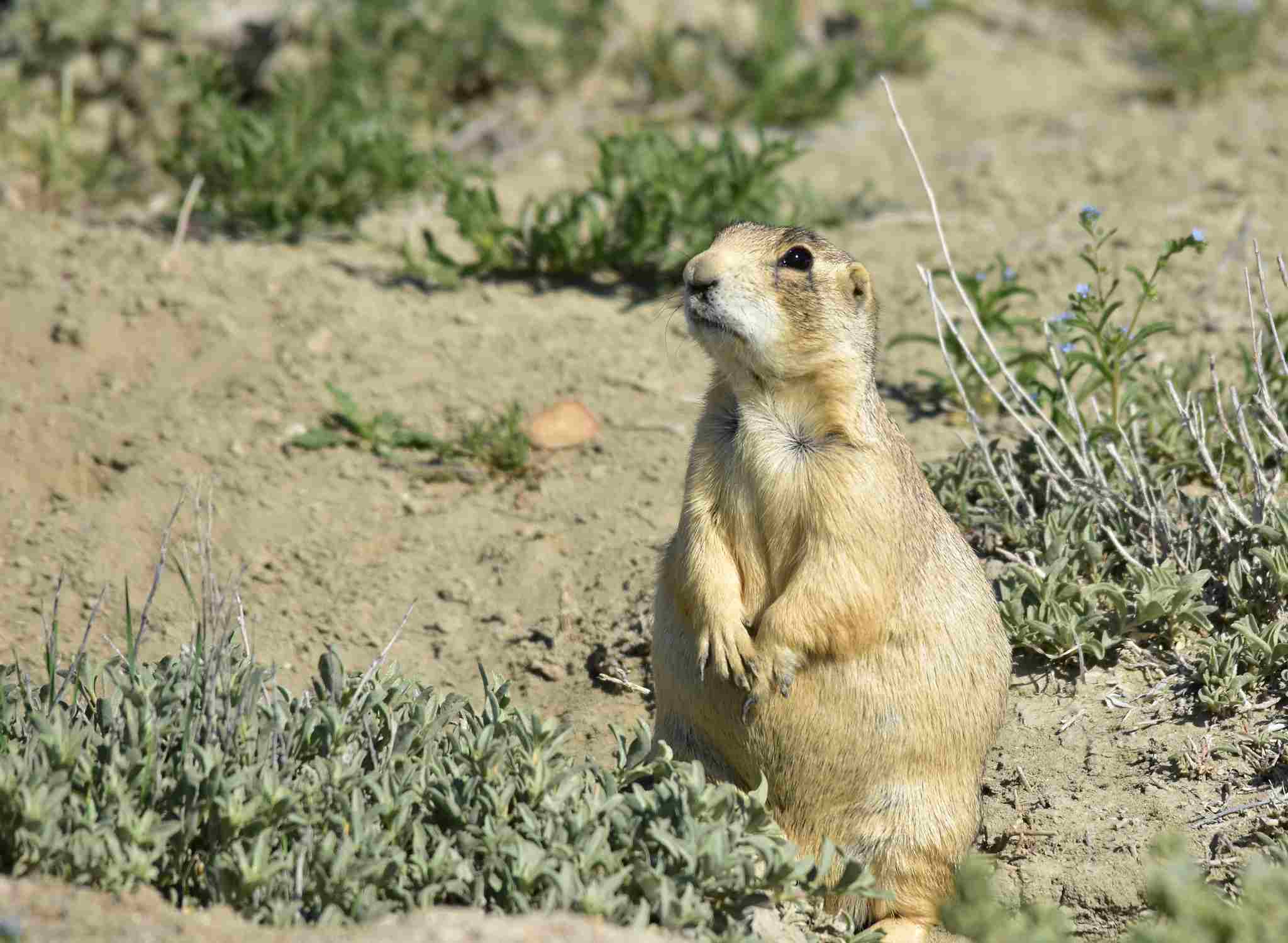
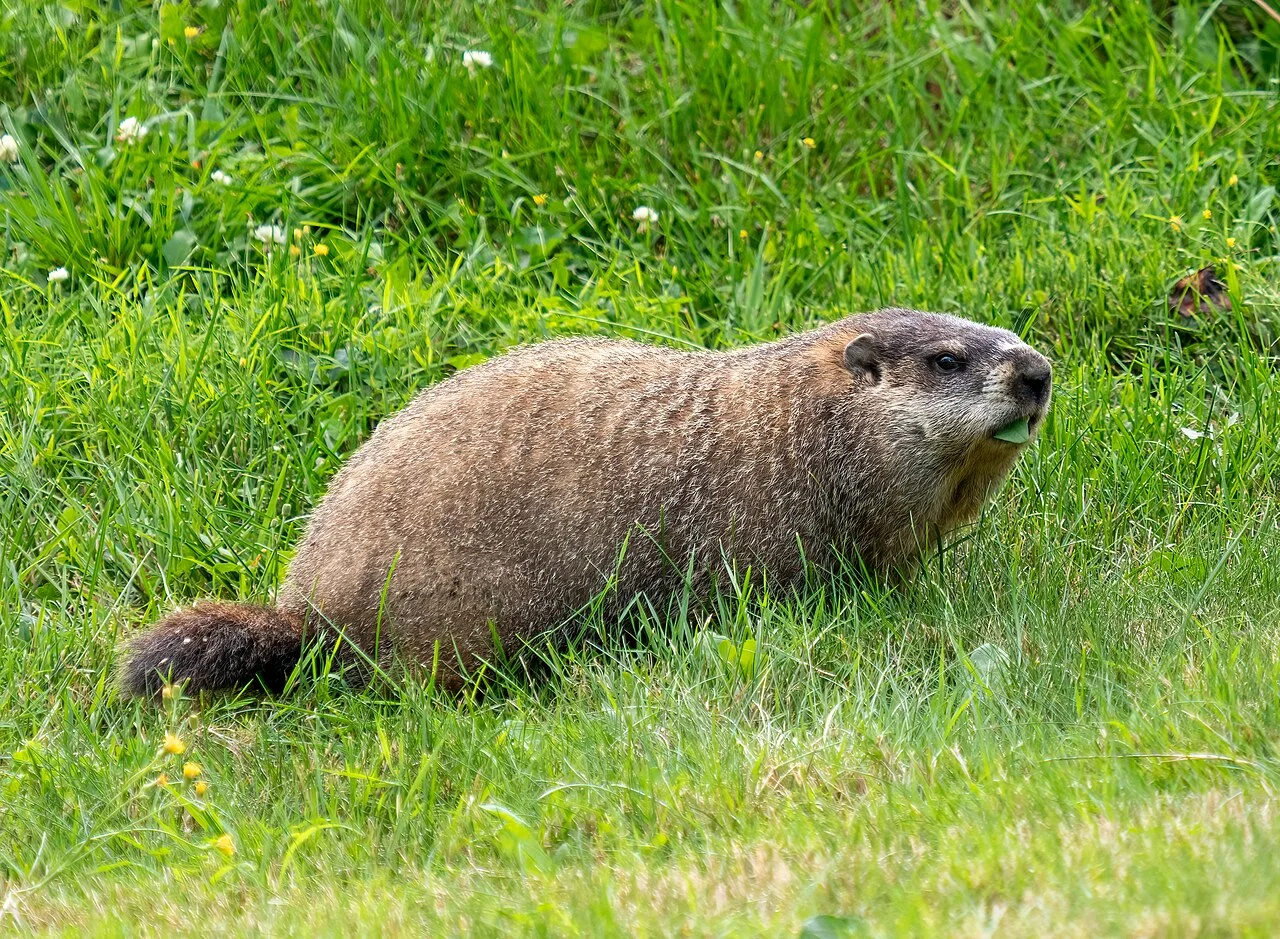
Prairie Dog:
Grasslands and prairies of North America.
Groundhog:
Wooded areas, fields, and meadows across North America.
Gopher:
Varied habitats, including grasslands, deserts, and agricultural fields.
Comparison: While prairie dogs and groundhogs show habitat preferences, gophers exhibit adaptability to diverse environments.
Ecological Implications: Habitat preferences influence their interactions with other species and their overall impact on the ecosystems they inhabit.
13. Tracks:
Prairie Dog:
Small tracks with distinct claw marks, often near burrow entrances.
Groundhog:
Broad, sturdy tracks with noticeable claw marks; may show tail drag marks.
Gopher:
Tracks are often minimal or not easily distinguishable due to their subterranean lifestyle.
Comparison: Track characteristics vary, with prairie dog tracks reflecting their semi-fossorial lifestyle and groundhog tracks displaying a more terrestrial pattern.
Ecological Implications: Tracking can aid in monitoring population distribution and behavior, providing insights into their ecological roles.
14. Lifespan:
Prairie Dog:
Typically 3 to 5 years in the wild.
Groundhog:
Around 6 to 8 years in the wild.
Gopher:
Lifespan varies by species, generally ranging from 2 to 5 years.
Comparison: Groundhogs generally have a longer lifespan compared to prairie dogs and gophers.
Ecological Implications: Lifespan influences population dynamics, reproductive strategies, and interactions with other species within their ecosystems.
15. Mode of Feeding:
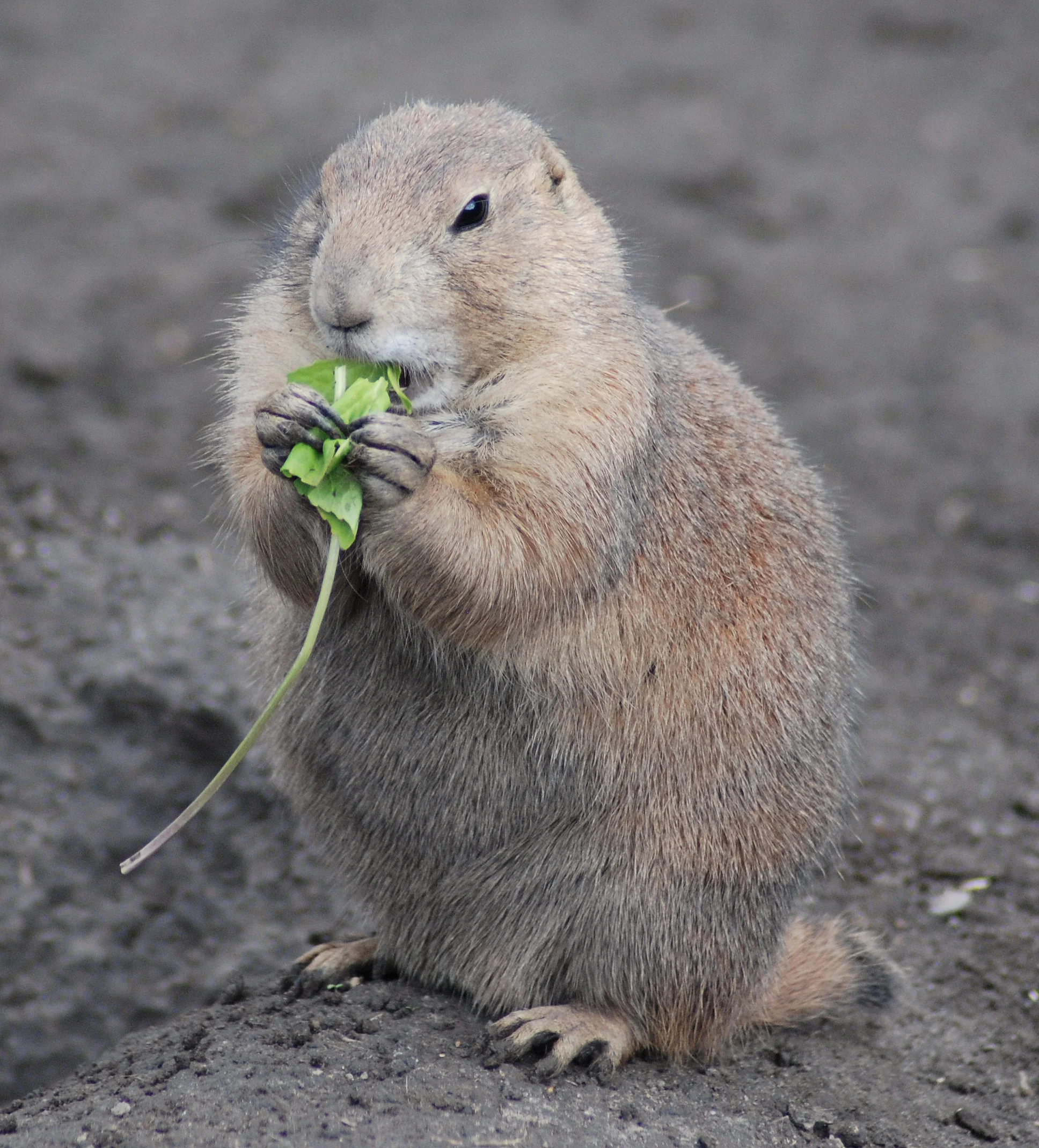
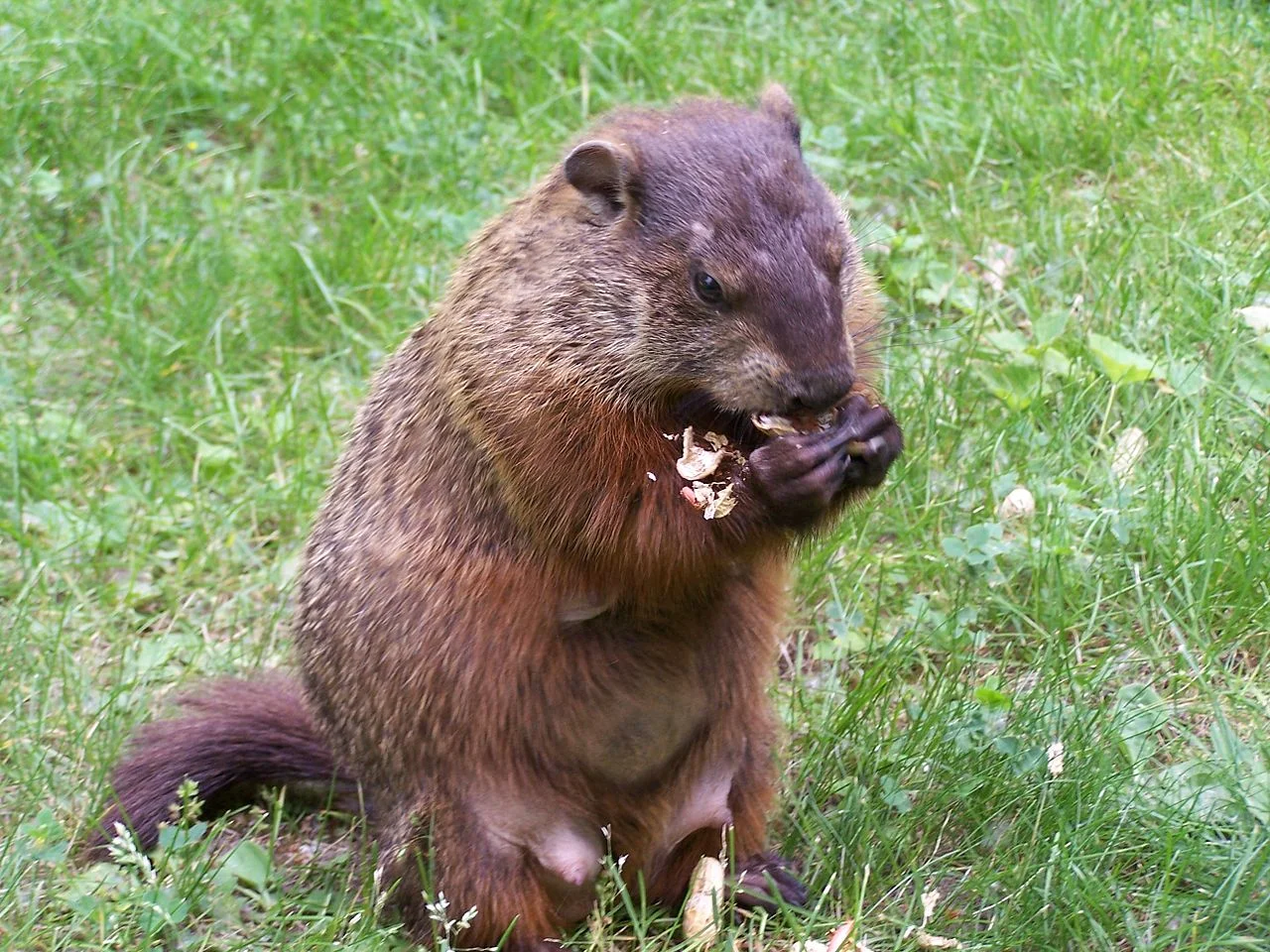
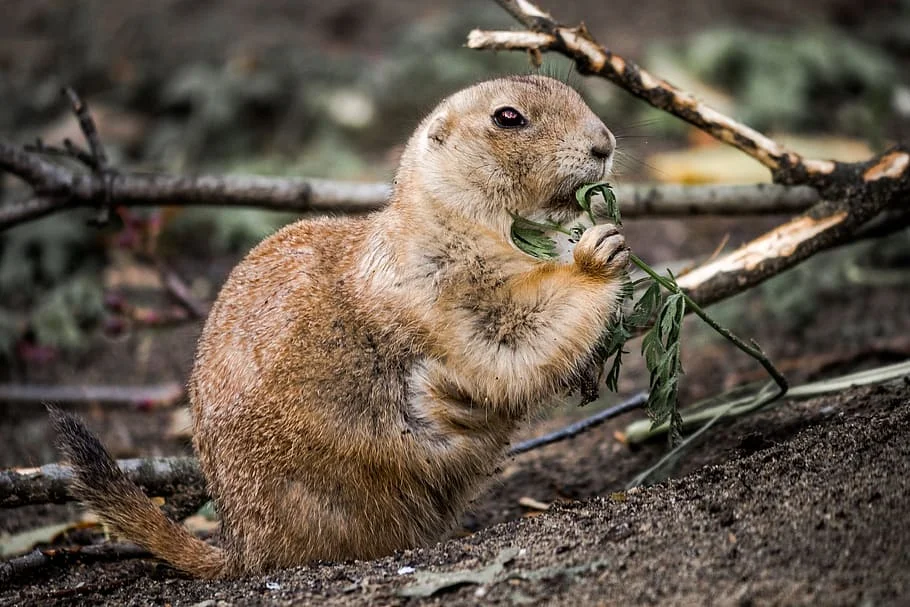
Prairie Dog:
Herbivores, primarily grazing on grasses and forbs.
Groundhog:
Herbivores, feeding on a variety of plants, including grasses, herbs, and vegetables.
Gopher:
Herbivores, consuming plant roots and vegetation; some species may store food in their burrows.
Comparison: All three species share herbivorous diets, but the specific plants consumed may vary.
Ecological Implications: Differences in feeding habits contribute to their ecological roles, affecting vegetation and potentially influencing plant community composition.
16. Intelligence:
Prairie Dog:
Display complex social structures and communication through vocalizations.
Groundhog:
Considered intelligent, exhibiting problem-solving skills and memory.
Gopher:
Show intelligence in burrow construction and navigation.
Comparison: Each species displays a level of intelligence adapted to their respective lifestyles.
Ecological Implications: Intelligence impacts their ability to adapt to changing environments, navigate their habitats, and interact with conspecifics and other species.
17. Social Behavior:
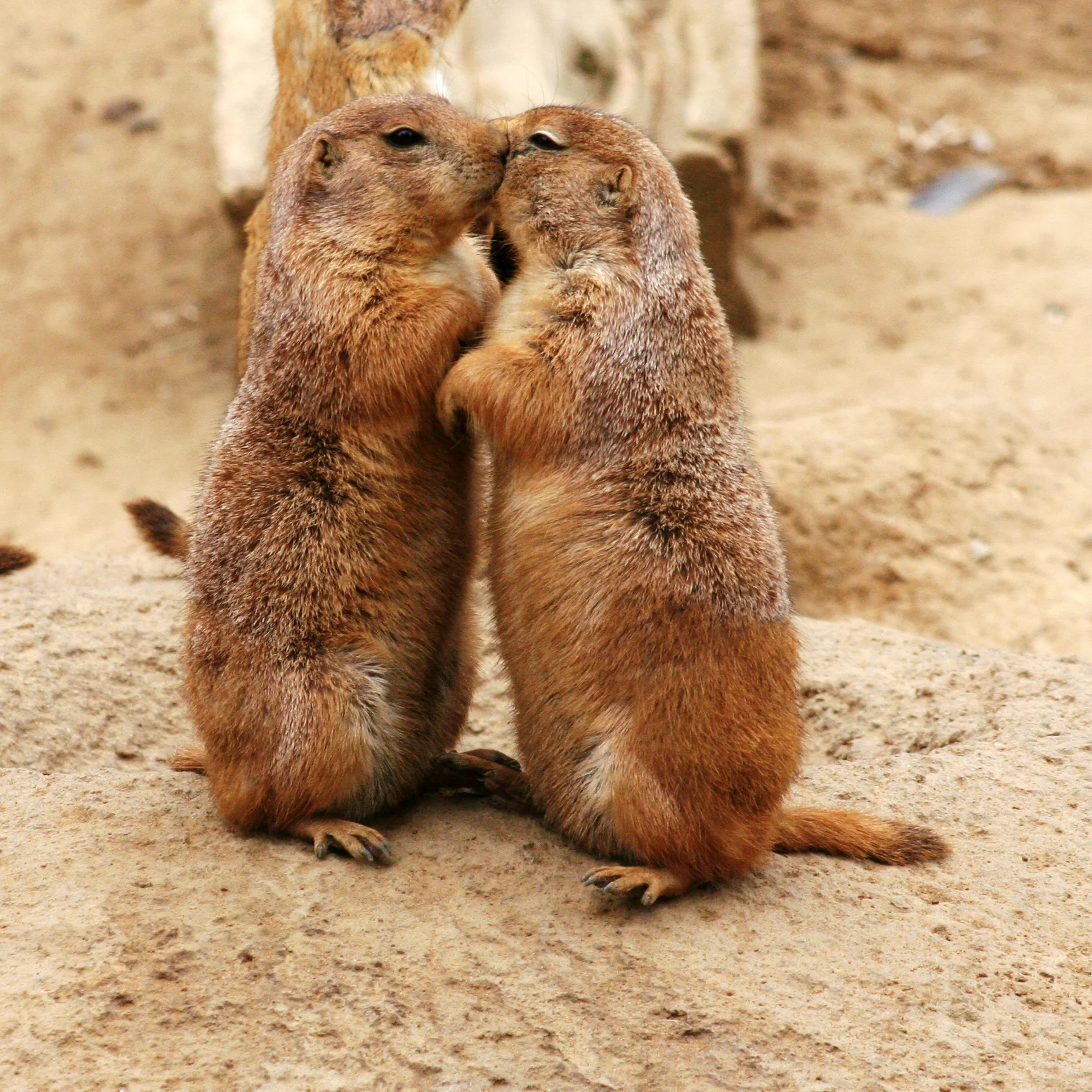
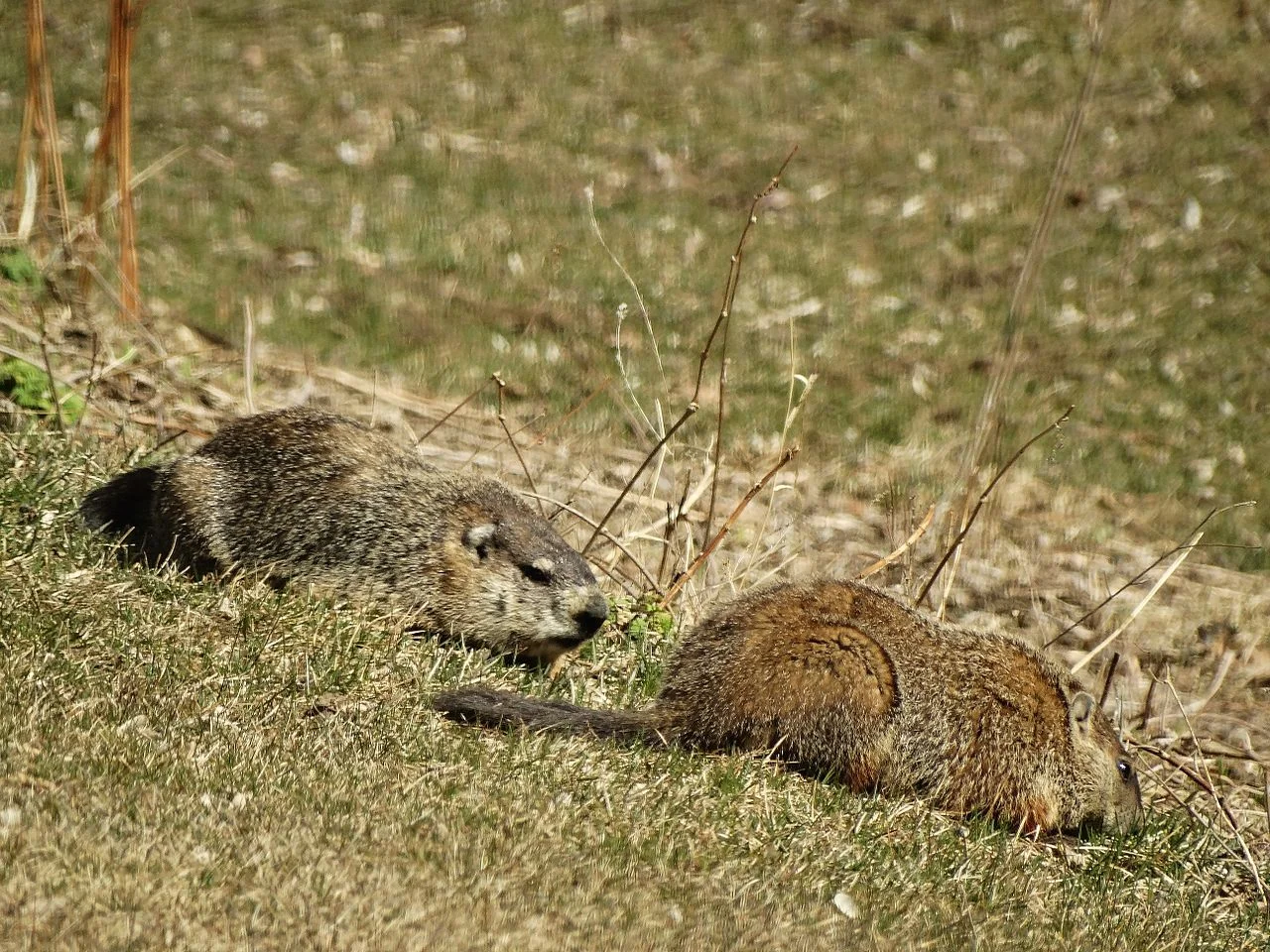
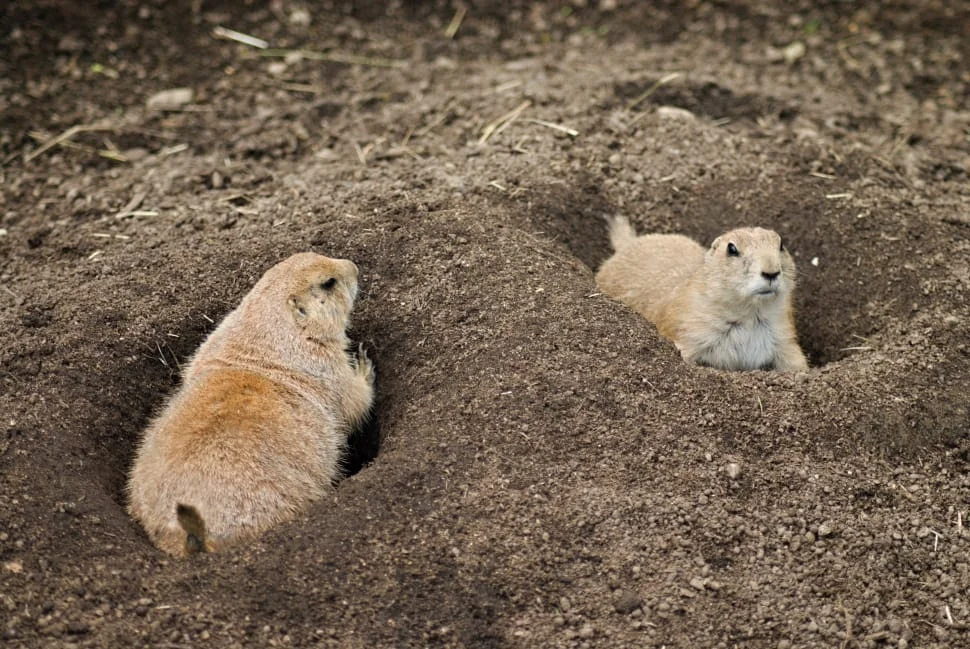
Prairie Dog:
Highly social, living in colonies with complex communication systems.
Groundhog:
Mostly solitary, with limited social interactions except during the breeding season.
Gopher:
Varied social structures; some species are solitary, while others may form loose colonies.
Comparison: Prairie dogs are known for their intricate social structures, while groundhogs and gophers exhibit more solitary tendencies.
Ecological Implications: Social behavior influences population dynamics, resource competition, and predator detection within their ecosystems.
18. Mode of Reproduction:
Prairie Dog:
Breed once a year, with a gestation period of around 30 days; give birth to a litter of 3 to 8 pups.
Groundhog:
Breed once a year, with a gestation period of about 31 to 32 days; give birth to a litter of 2 to 6 pups.
Gopher:
Reproductive patterns vary by species, but generally, they breed once or twice a year, with a gestation period of 18 to 30 days; litter size varies.
Comparison: Prairie dogs and groundhogs have similar reproductive patterns, while gophers exhibit more variability.
Ecological Implications: Reproductive strategies impact population dynamics and may influence competition for resources within their ecosystems.
19. Parental Behavior:
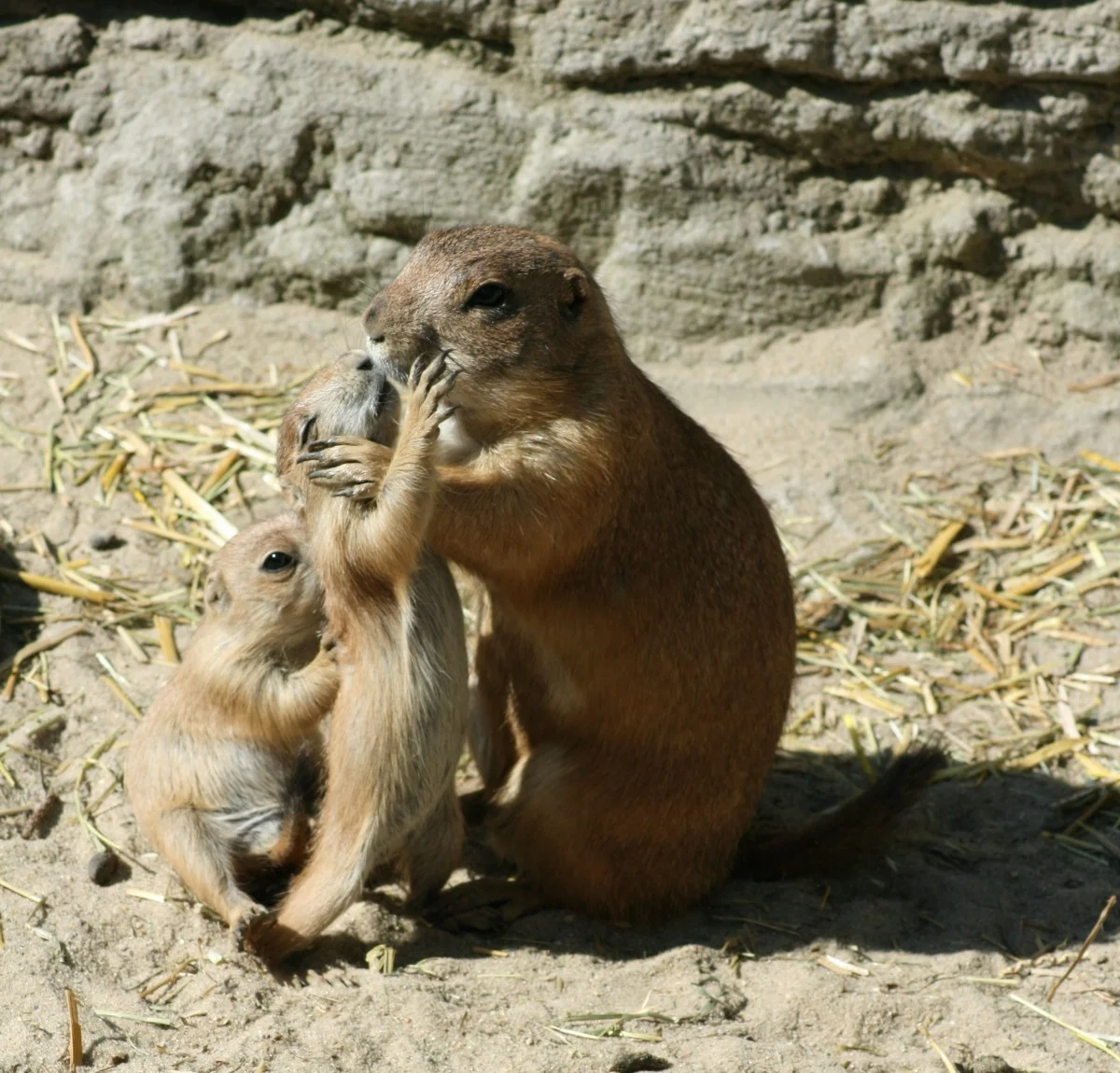
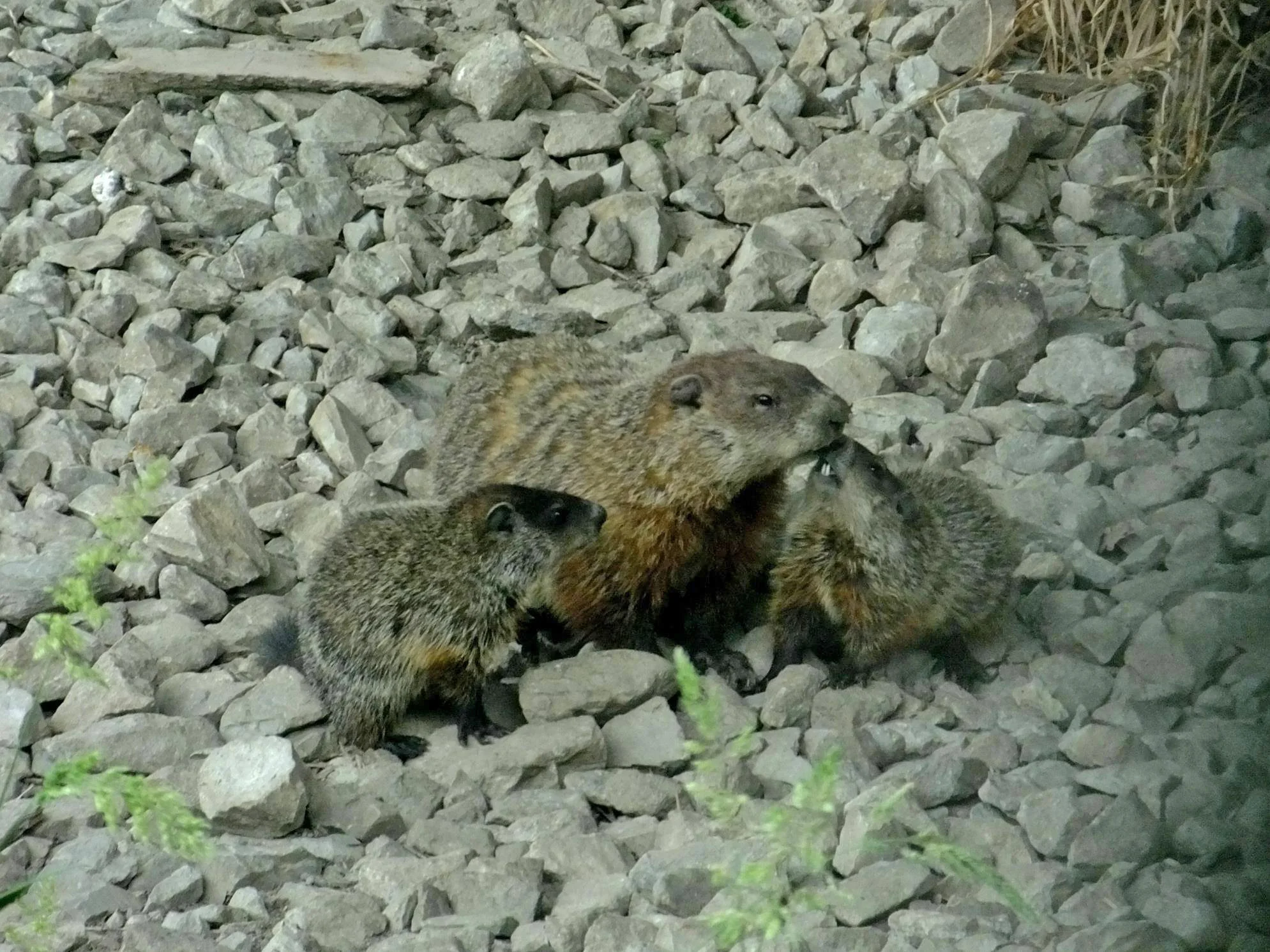
Prairie Dog:
Both parents contribute to caring for and protecting the pups.
Groundhog:
Female groundhogs are the primary caregivers; males do not participate in raising the young.
Gopher:
Parental involvement varies; some species show minimal parental care, while others may provide protection for the offspring.
Comparison: Prairie dogs display a higher level of parental cooperation compared to groundhogs and gophers.
Ecological Implications: Parental behavior influences the survival and development of offspring, affecting population dynamics.
20. Proximity to Human-Inhabited Areas:
Prairie Dog:
Found in grasslands, often close to agricultural areas; may conflict with human activities.
Groundhog:
Commonly encountered in suburban and rural areas; may inhabit fields, gardens, and wooded areas.
Gopher:
Can be found in agricultural fields, gardens, and other disturbed habitats; may encounter humans in suburban areas.
Comparison: Groundhogs are frequently found in closer proximity to human-inhabited areas compared to prairie dogs and some gopher species.
Ecological Implications: Human proximity can lead to conflicts, affecting the rodents’ survival, behavior, and potential ecological impact.
21. Behavior Toward Humans:
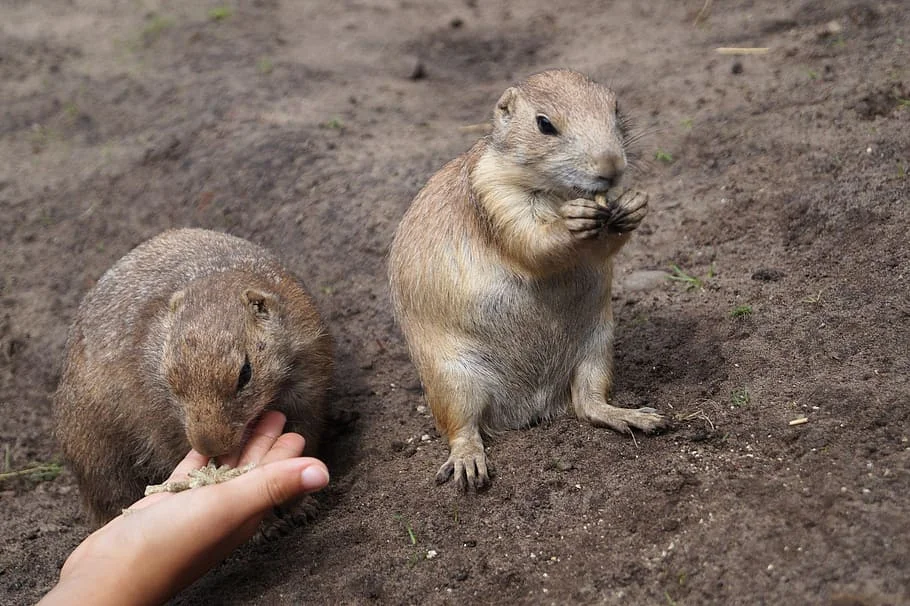
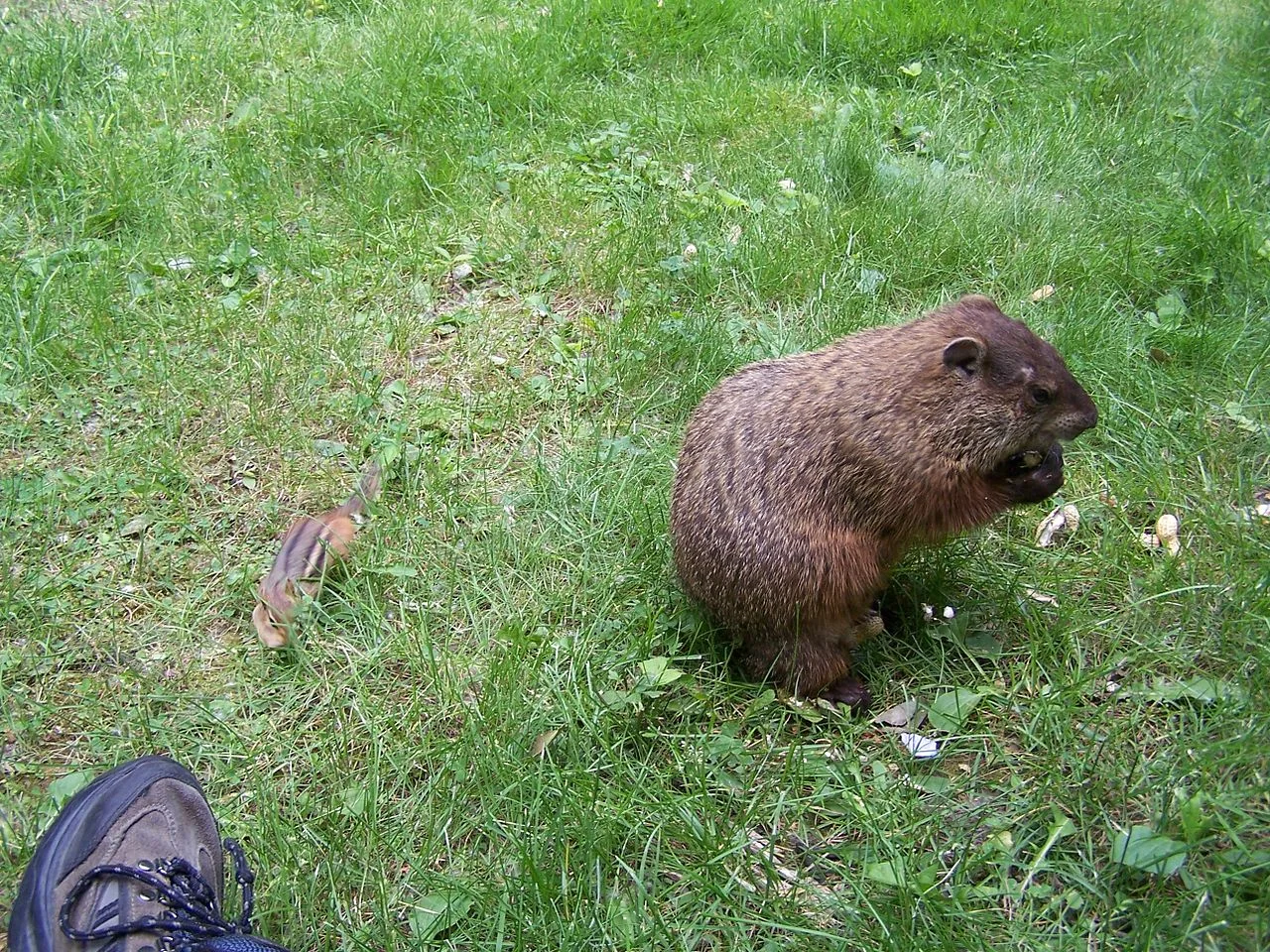
Prairie Dog:
Generally wary of humans; may perceive them as a threat and emit alarm calls.
Groundhog:
Varied; some individuals may be tolerant of human presence, while others may exhibit aggression.
Gopher:
Often avoid human interaction, but may cause conflicts in agricultural settings.
Comparison: Prairie dogs tend to be more cautious around humans, while groundhogs may exhibit diverse responses.
Ecological Implications: Human interactions can influence the behavior and distribution of these rodents, impacting both their populations and the ecosystems they inhabit.
These factors collectively shape their roles within ecosystems and their interactions with the environment and other species.
22. Danger Posed to Humans:
Prairie Dog:
Generally not considered dangerous to humans; may carry diseases like plague.
Groundhog:
Typically not dangerous, but may bite or display aggression if threatened.
Gopher:
Generally not considered dangerous to humans; may cause damage to crops and gardens.
Comparison: None of these rodents are inherently dangerous, but interactions with them may lead to some risks, especially if they feel threatened.
Ecological Implications: The perceived danger influences human attitudes towards these rodents, potentially impacting conservation efforts and management strategies.
23. Associated Precautions:
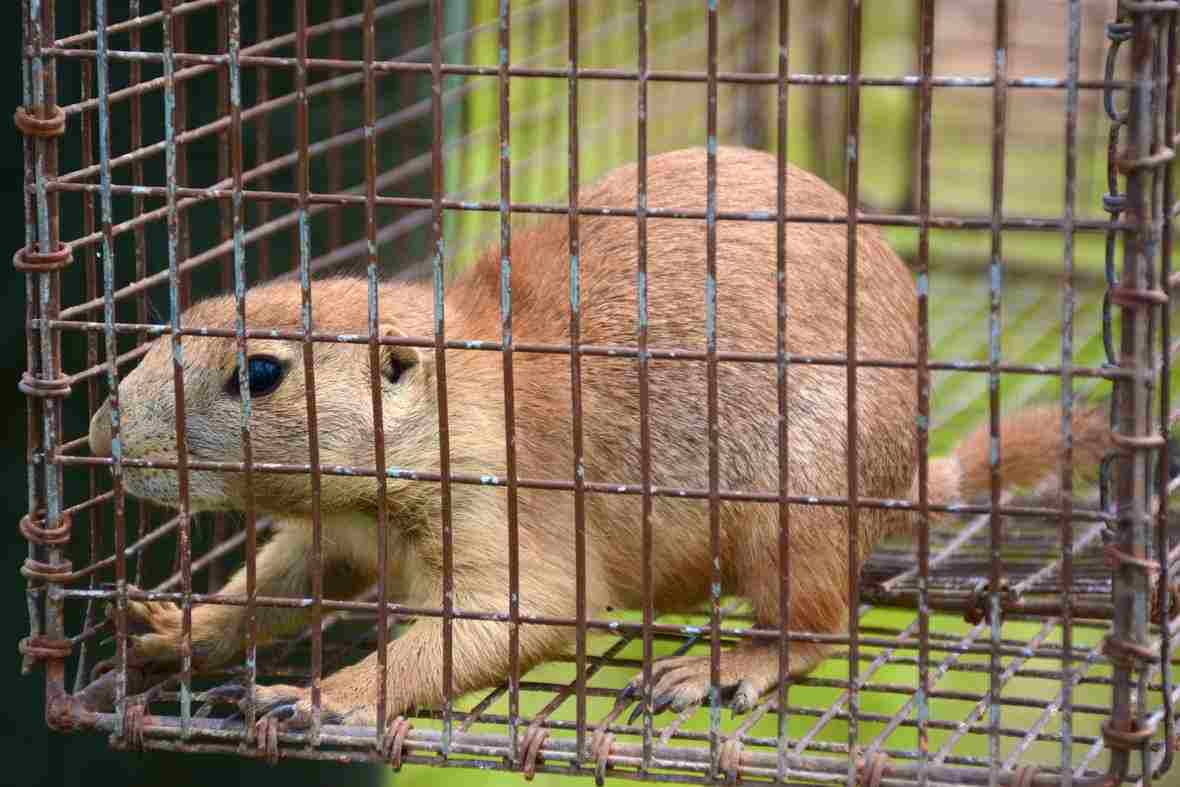
Prairie Dog:
Avoiding direct contact to reduce the risk of disease transmission.
Groundhog:
Using caution when approaching or handling; may carry zoonotic diseases.
Gopher:
Employing preventive measures to protect crops and gardens from burrowing activities.
Comparison: Each species may require different precautions to minimize potential risks associated with their presence.
Ecological Implications: Human precautions affect the coexistence and management of these rodents in shared environments.
24. Conservation Status:
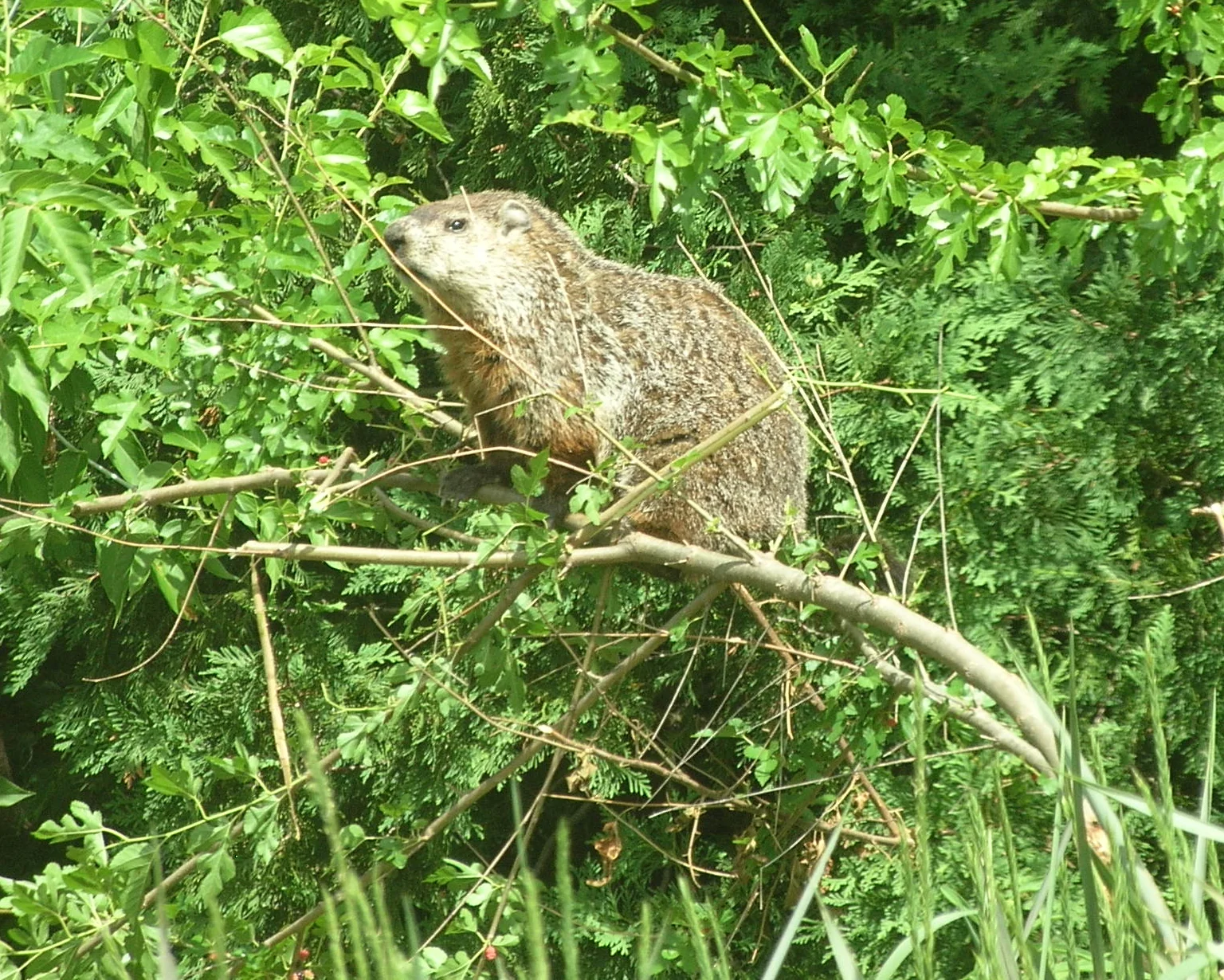
Prairie Dog:
Some species are listed as threatened or near-threatened due to habitat loss and disease.
Groundhog:
Not typically a conservation concern; population status varies regionally.
Gopher:
Various species have different conservation statuses; some may face threats, while others are more resilient.
Comparison: Conservation status varies among these rodents, reflecting different ecological challenges and anthropogenic impacts.
Ecological Implications: Conservation efforts may be necessary to protect certain species and maintain ecosystem balance.
*Summary of Comparison
Taxonomy:
Prairie Dog: Order – Rodentia, Family – Sciuridae, Genus – Cynomys.
Groundhog: Order – Rodentia, Family – Sciuridae, Genus – Marmota.
Gopher: Order – Rodentia, Family – Geomyidae or Sciuridae, Genera – Thomomys, Geomys, etc.
Appearance:
Prairie Dog: Stout-bodied, short-legged, 12-16 inches.
Groundhog: Compact, sturdy, 16-26 inches.
Gopher: Varied appearance, 5-14 inches.
Size:
Prairie Dog: Smaller, 12-16 inches.
Groundhog: Moderately larger, 16-26 inches.
Gopher: Generally smaller, 5-14 inches.
Weight:
Prairie Dog: 1.5-3 pounds.
Groundhog: 4-14 pounds.
Gopher: Varies by species, generally lighter.
Dentition:
Prairie Dog: Herbivorous, sharp incisors.
Groundhog: Herbivorous, strong incisors.
Gopher: Herbivorous, adapted incisors for burrowing.
Physical Offensive Advantages:
Prairie Dog: Limited, relies on evasion.
Groundhog: Sharp claws and incisors for defense.
Gopher: Claws and teeth for burrowing, defensive use.
Physical Defensive Advantages:
Prairie Dog: Evasion through burrows, alarm calls.
Groundhog: Strong claws, bite, burrow retreat.
Gopher: Rapid burrowing, keen senses.
Speed:
Prairie Dog: Short bursts, 15-20 mph.
Groundhog: Moderately fast, up to 8 mph.
Gopher: Relatively slower, adapted for burrowing.
Agility:
Prairie Dog: Agile in burrows, evading.
Groundhog: Agile climbers, proficient diggers.
Gopher: Highly agile burrowers.
Senses:
Prairie Dog: Keen eyesight, acute hearing.
Groundhog: Good eyesight, hearing, strong sense of smell.
Gopher: Limited eyesight, touch, vibrations.
Overall Physical Capacity:
Prairie Dog: Agile for both above-ground and burrowed activities.
Groundhog: Strong climbers, burrowers, physically robust.
Gopher: Well-adapted for burrowing.
Habitat Preference(s) and Geographic Region:
Prairie Dog: Grasslands in North America.
Groundhog: Wooded areas, fields, North America.
Gopher: Varied, including grasslands, deserts.
Tracks:
Prairie Dog: Small tracks with claw marks.
Groundhog: Broad, sturdy tracks, claw marks.
Gopher: Minimal or indistinguishable tracks.
Lifespan:
Prairie Dog: 3-5 years.
Groundhog: 6-8 years.
Gopher: Varies by species, 2-5 years.
Mode of Feeding:
Prairie Dog: Herbivores, grazing on grasses.
Groundhog: Herbivores, feeding on various plants.
Gopher: Herbivores, consuming plant roots.
Intelligence:
Prairie Dog: Complex social structures, communication.
Groundhog: Considered intelligent, problem-solving.
Gopher: Intelligent in burrow construction.
Social Behavior:
Prairie Dog: Highly social, complex colonies.
Groundhog: Mostly solitary, limited social interactions.
Gopher: Varied, some solitary, some form colonies.
Mode of Reproduction:
Prairie Dog: Breed once a year, 3-8 pups.
Groundhog: Breed once a year, 2-6 pups.
Gopher: Varies, once or twice a year, litter size varies.
Parental Behavior:
Prairie Dog: Both parents care for and protect pups.
Groundhog: Female caregivers, males not involved.
Gopher: Parental involvement varies.
Proximity to Human-Inhabited Areas:
Prairie Dog: Grasslands, agricultural areas.
Groundhog: Suburban, rural areas, fields, gardens.
Gopher: Agricultural fields, gardens, disturbed habitats.
Behavior Toward Humans:
Prairie Dog: Wary, may emit alarm calls.
Groundhog: Varied, some tolerant, some may display aggression.
Gopher: Avoid human interaction, may cause conflicts in agriculture.
Danger Posed to Humans:
Prairie Dog: Not inherently dangerous, may carry diseases.
Groundhog: Not typically dangerous, may bite if threatened.
Gopher: Not inherently dangerous, may cause crop damage.
Associated Precautions:
Prairie Dog: Avoid direct contact to prevent disease transmission.
Groundhog: Use caution due to zoonotic diseases.
Gopher: Employ preventive measures for crops and gardens.
Conservation Status:
Prairie Dog: Some species threatened due to habitat loss, disease.
Groundhog: Not typically a conservation concern.
Gopher: Varies by species, some face threats.
Conclusion
-Similarities:
All three rodents are herbivores belonging to the order Rodentia, exhibiting adaptations for burrowing and having similar lifespans.
-Differences:
Significant differences exist in size, social behavior, and habitat preferences, influencing their ecological roles and interactions within their respective ecosystems. Understanding these distinctions is crucial for effective conservation and management strategies.
